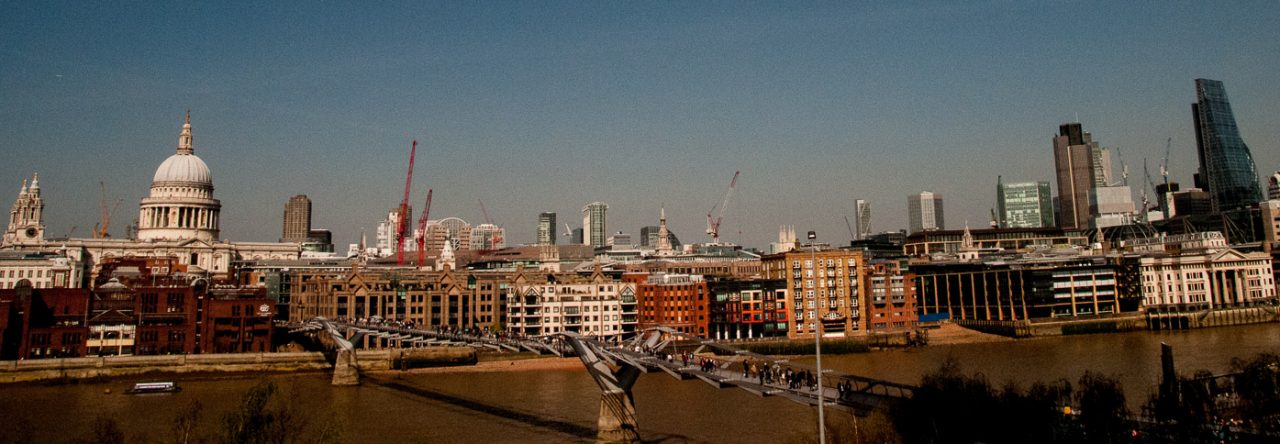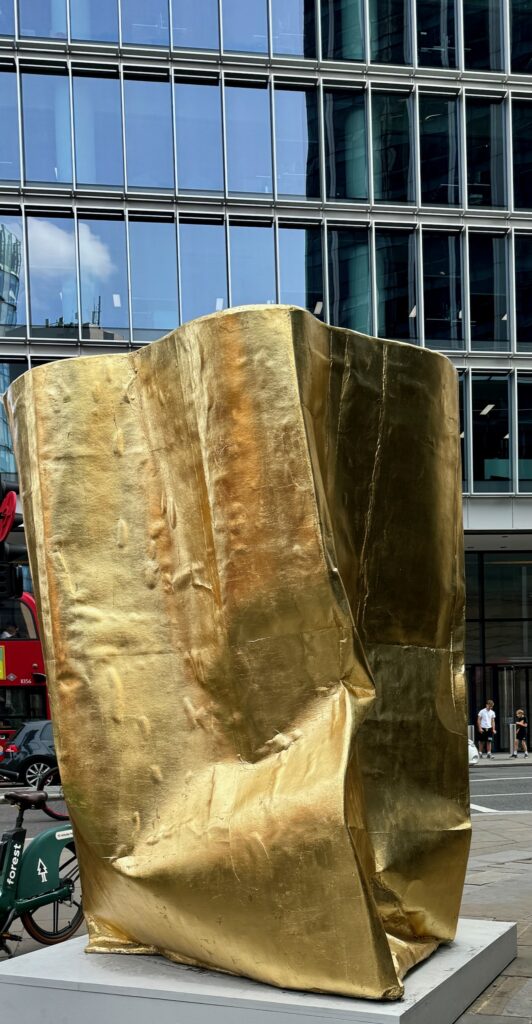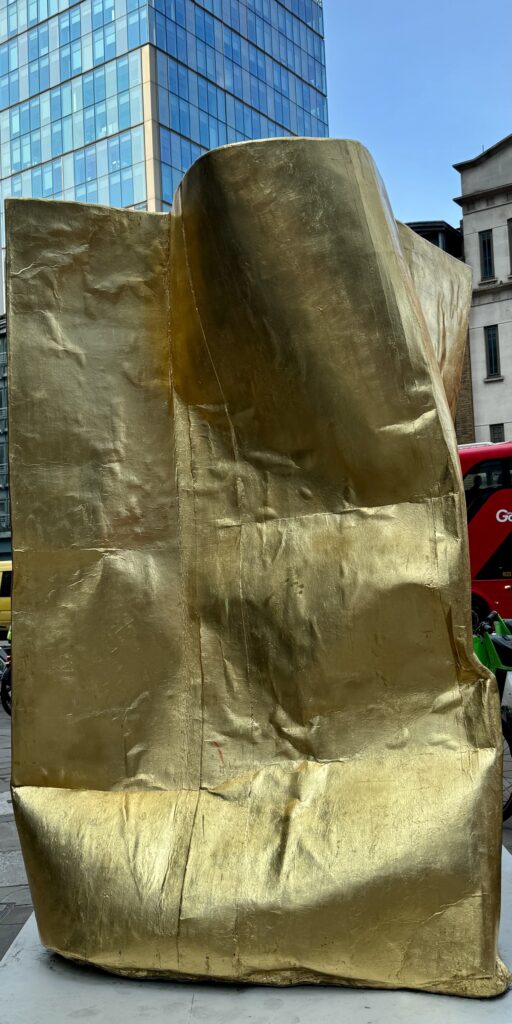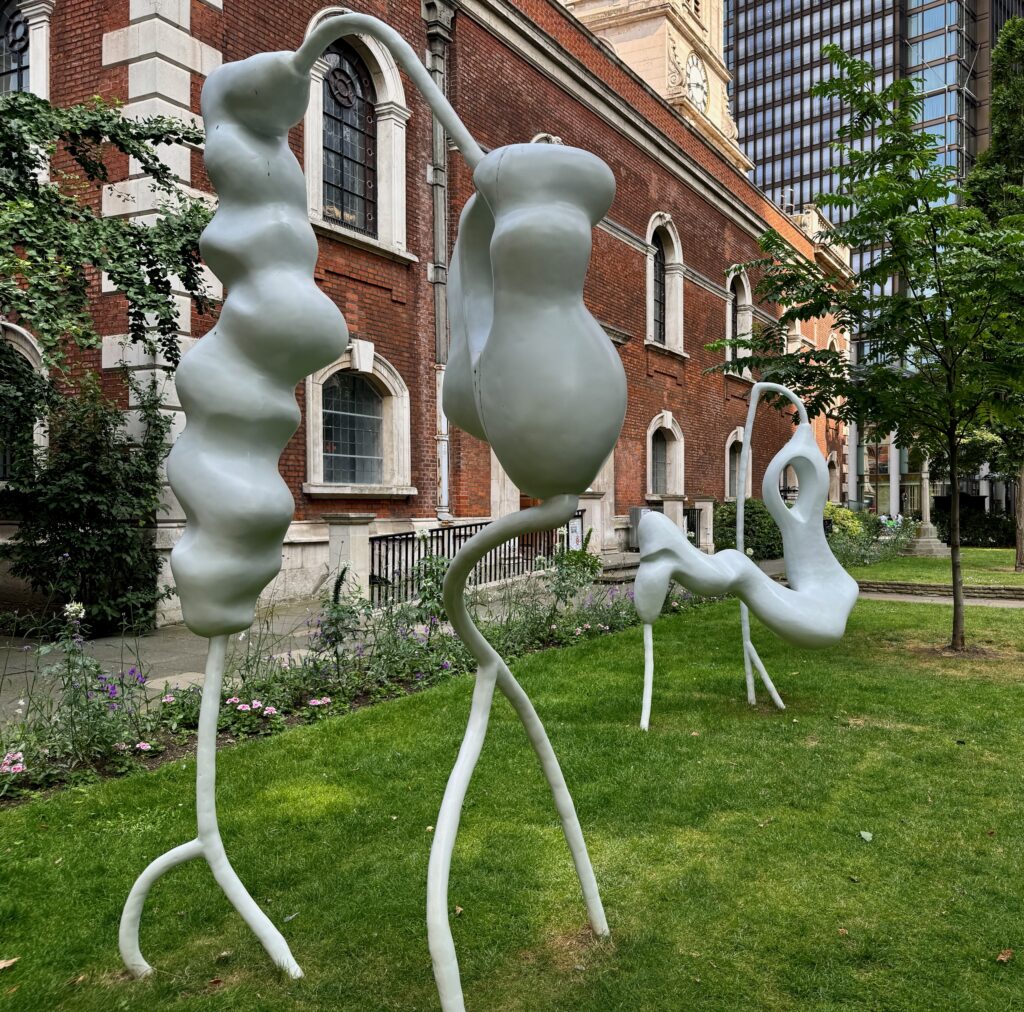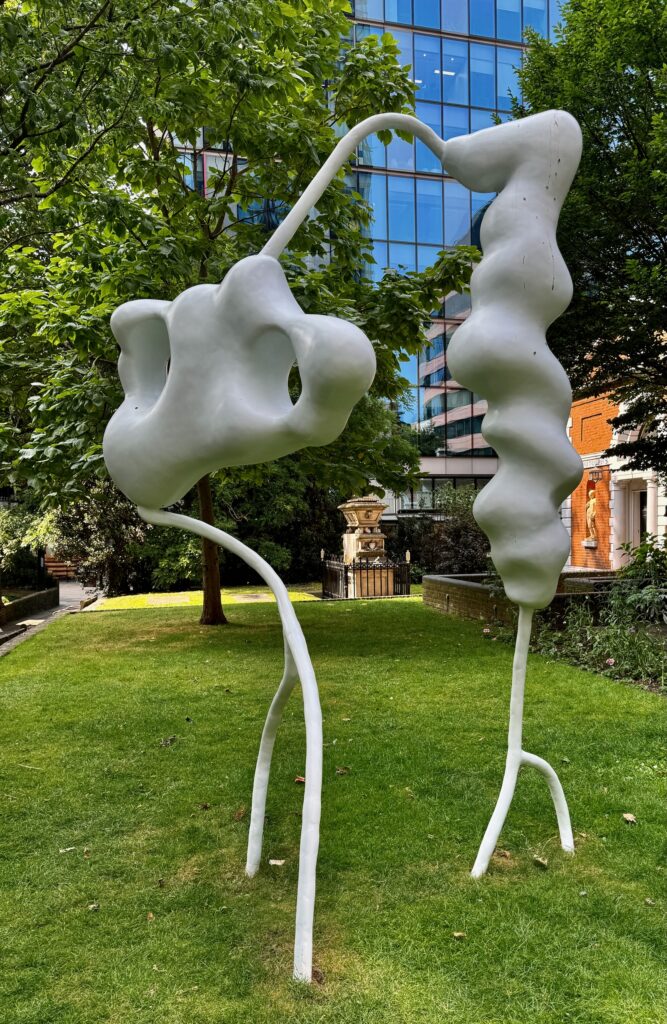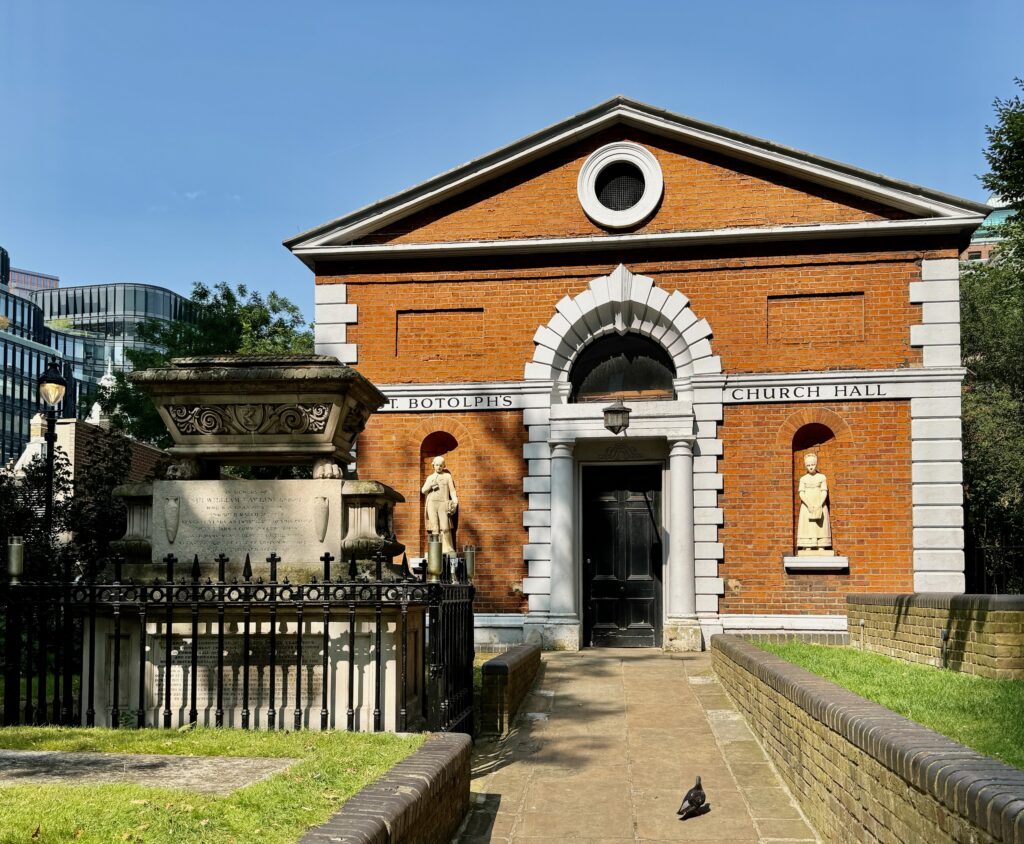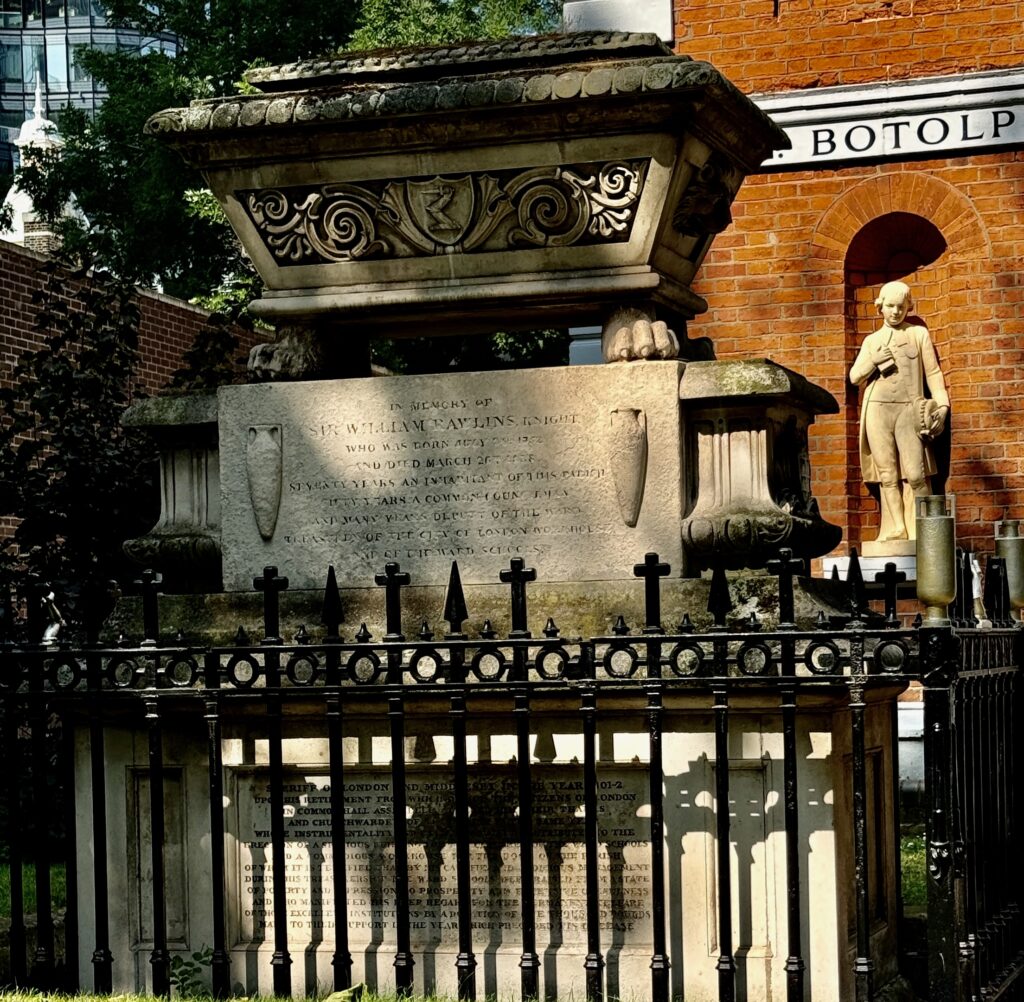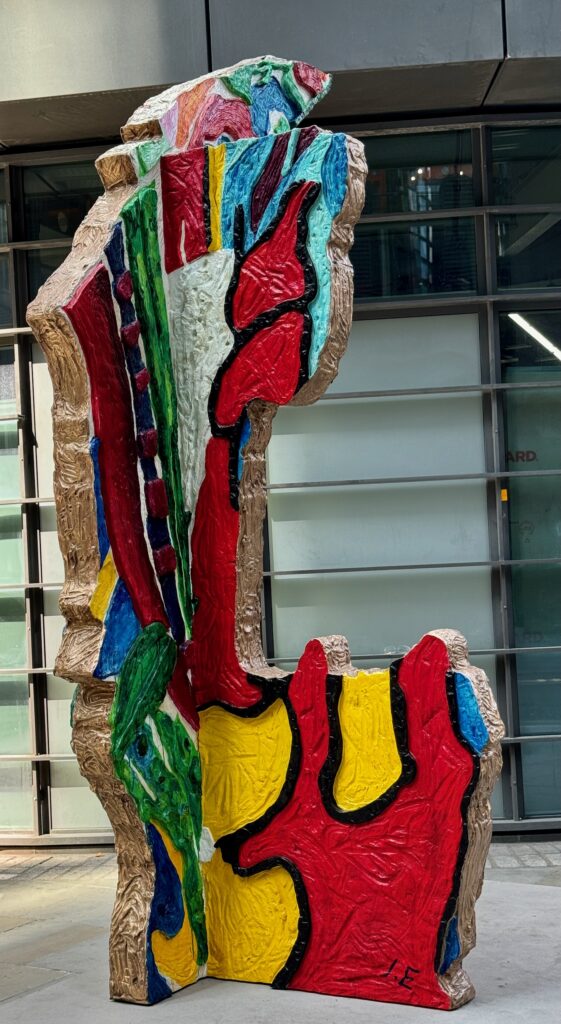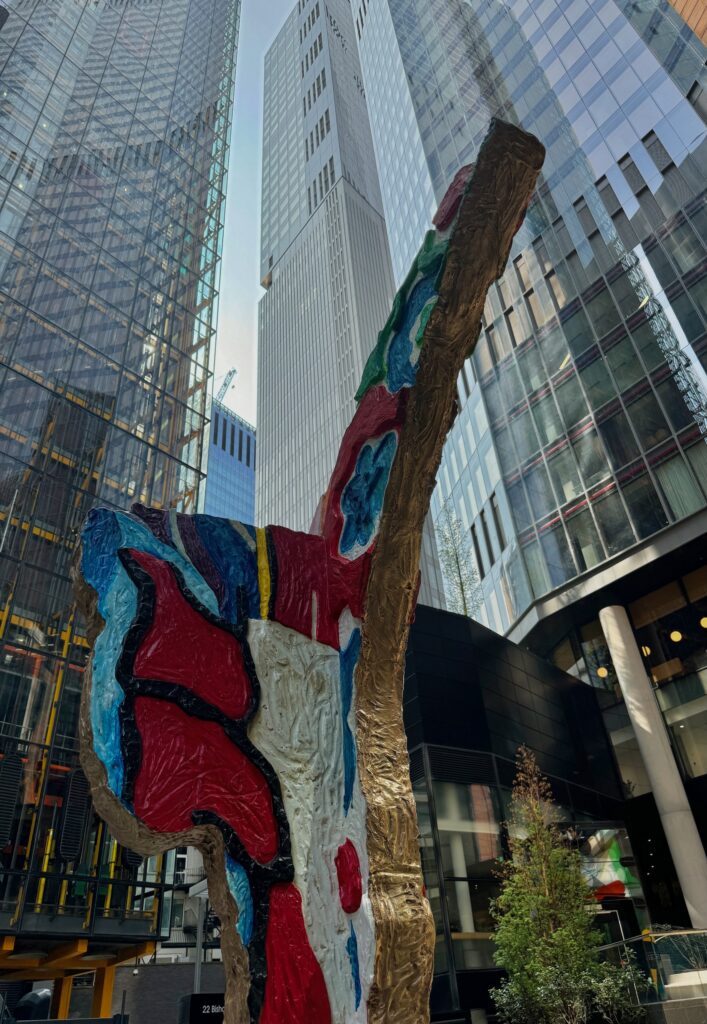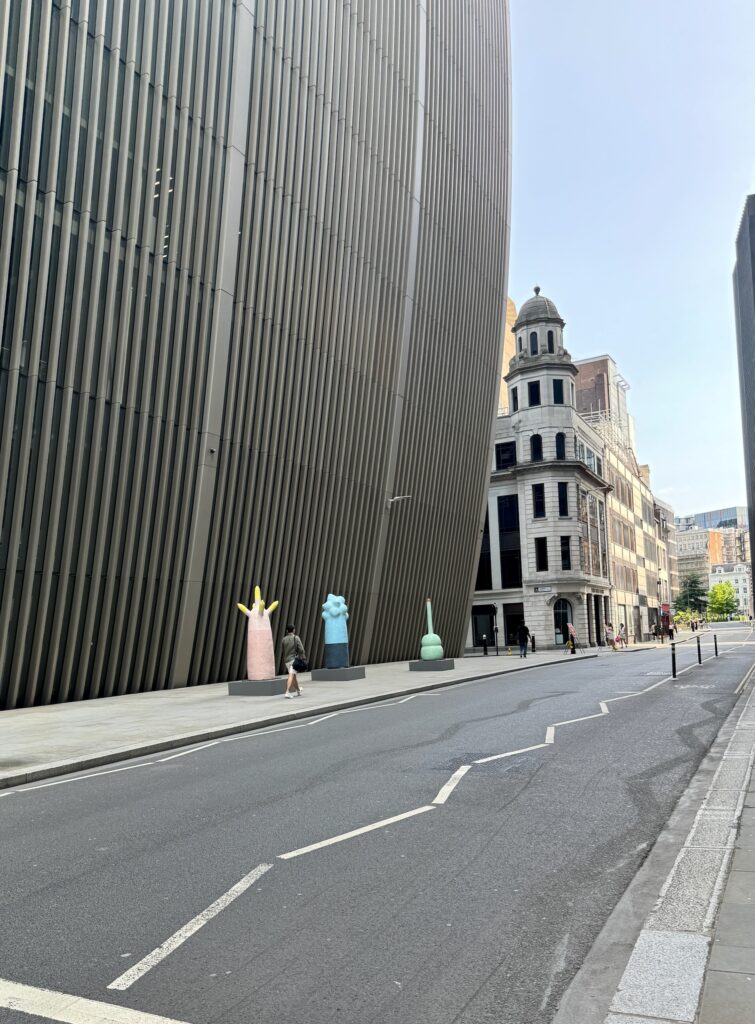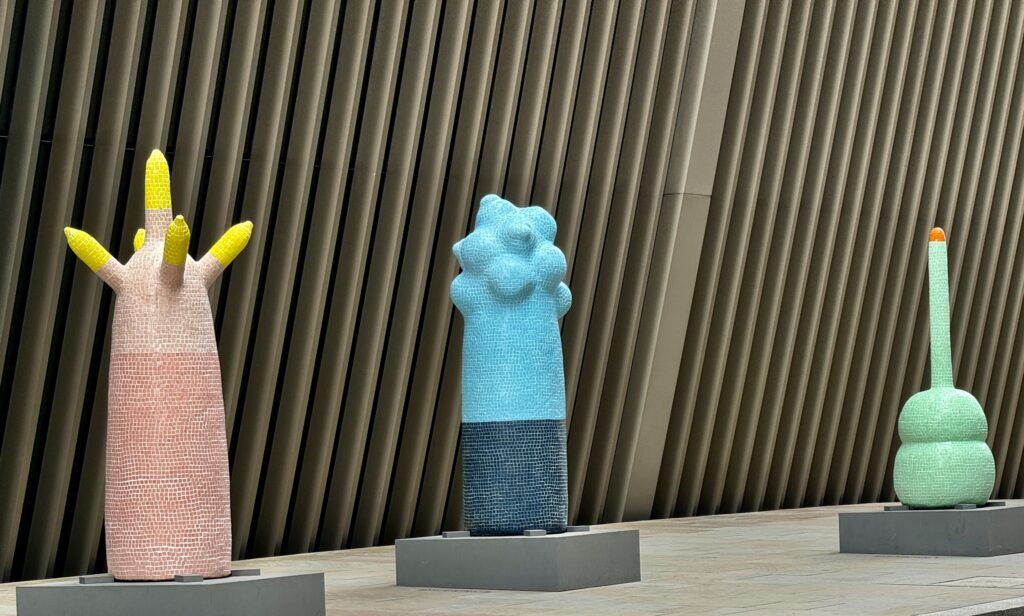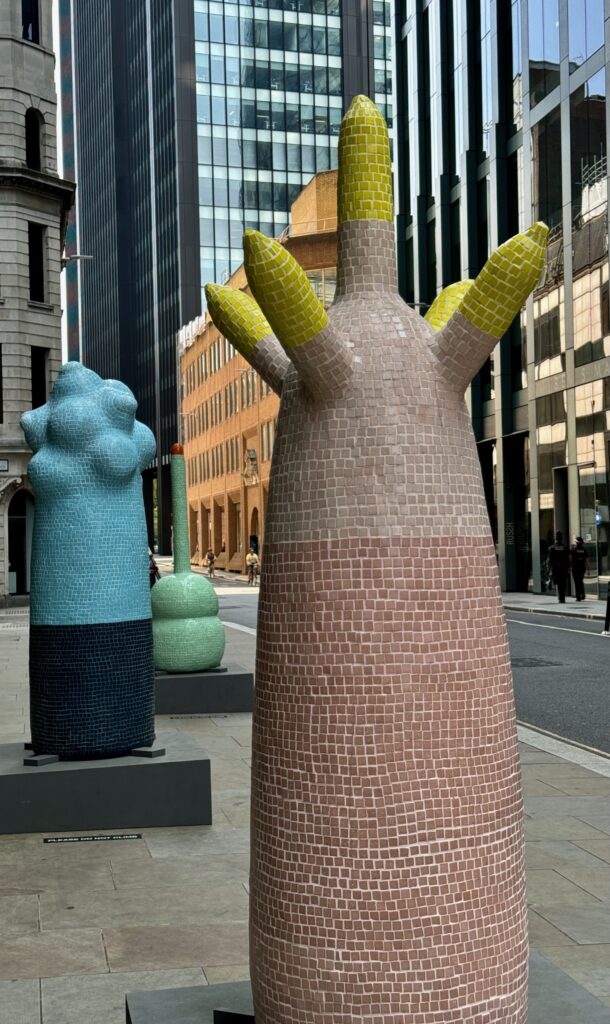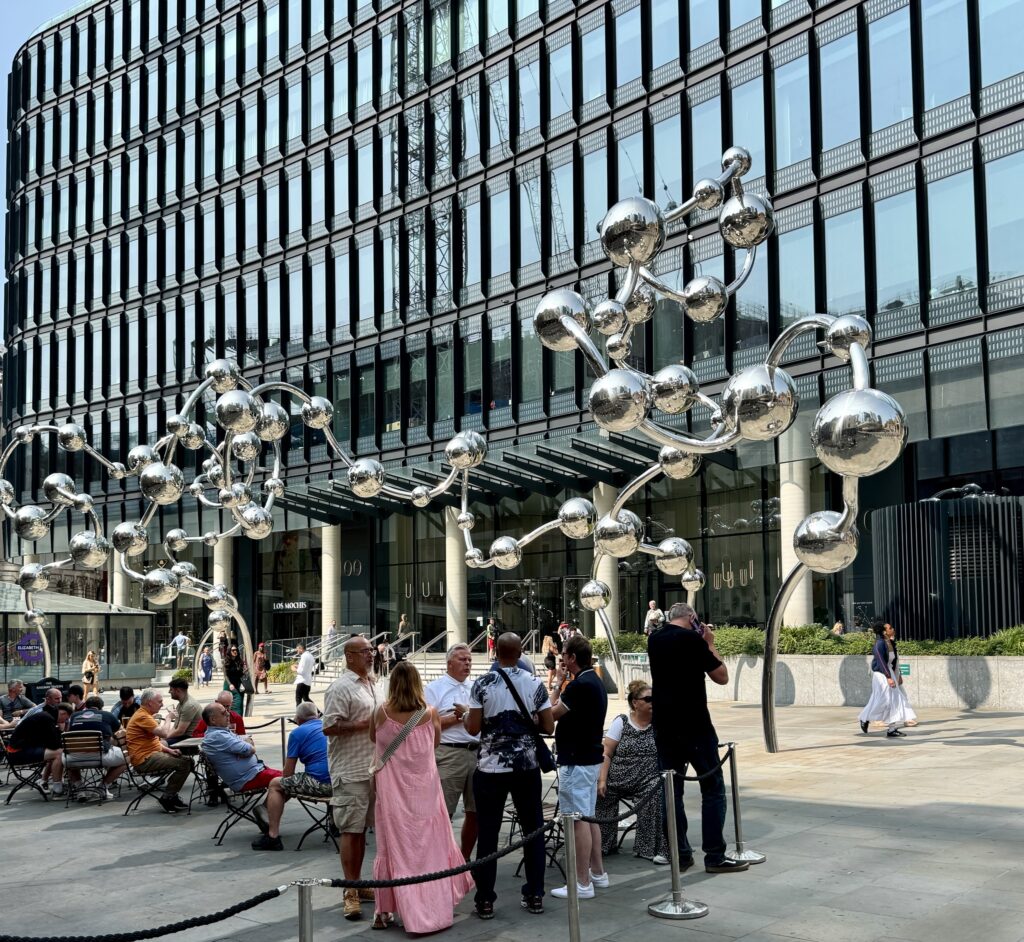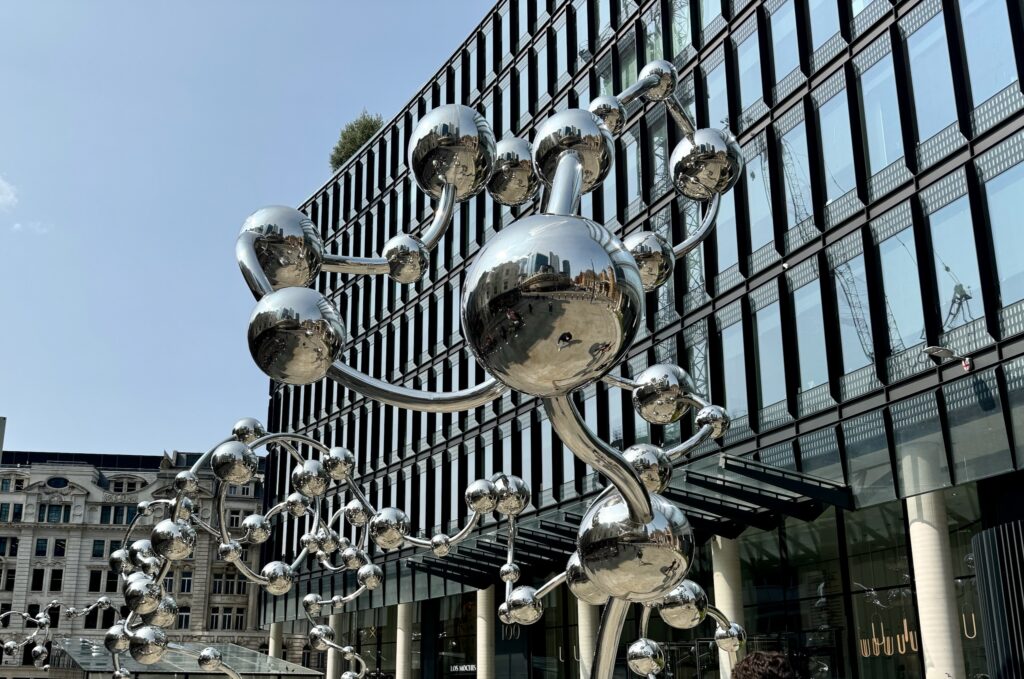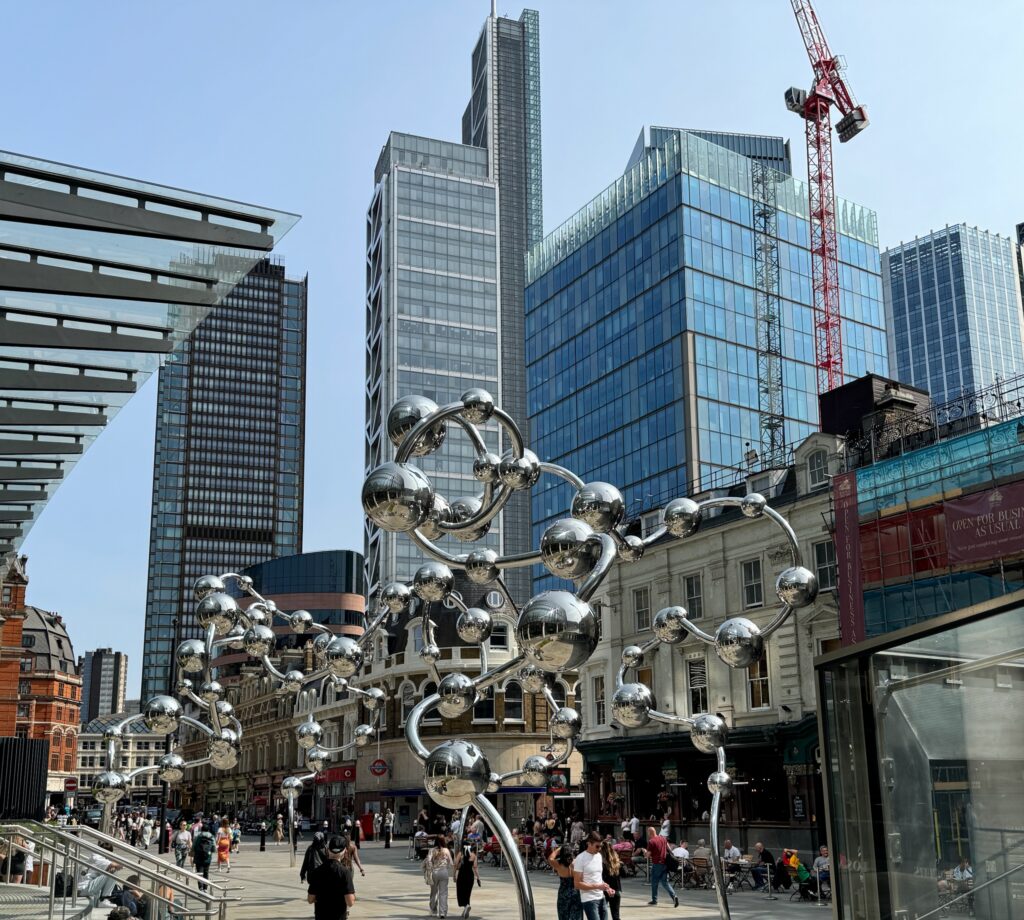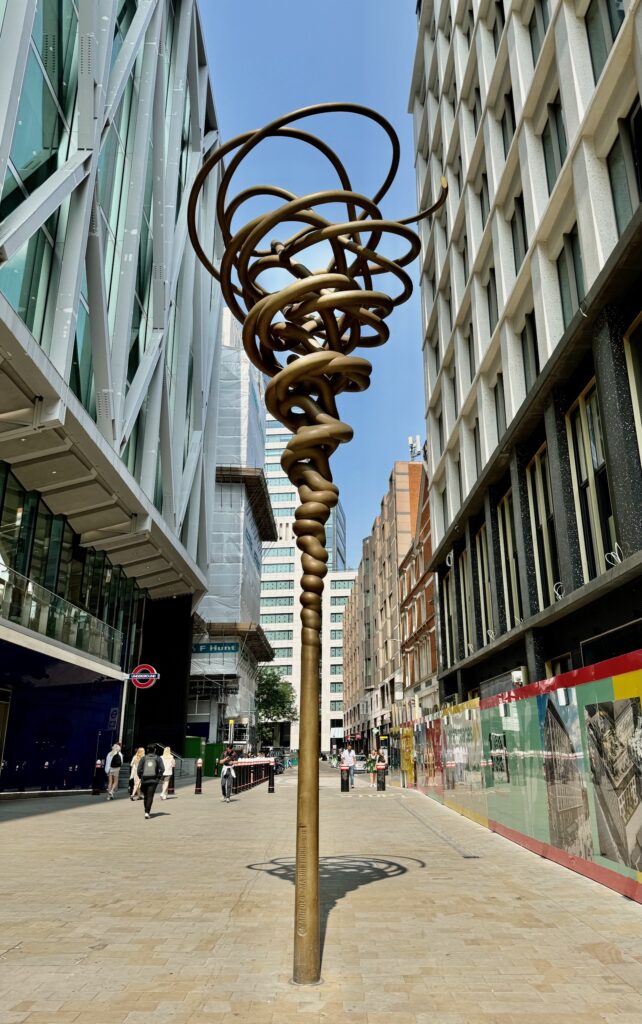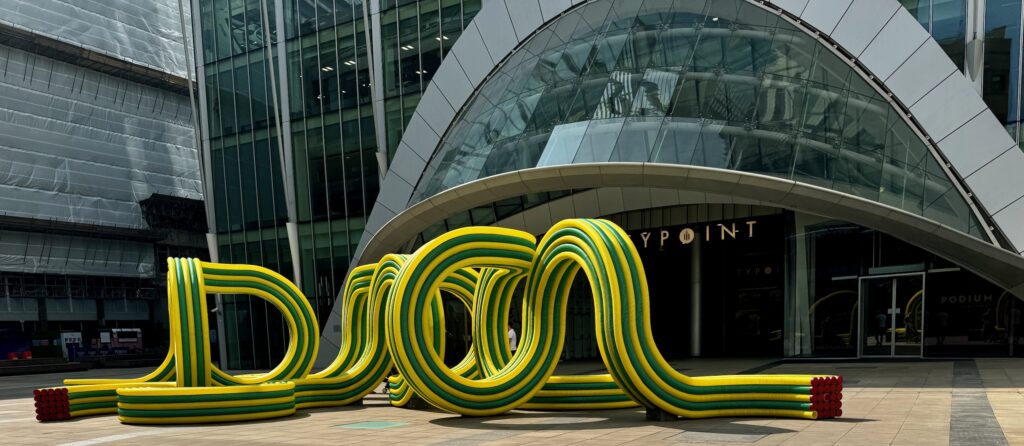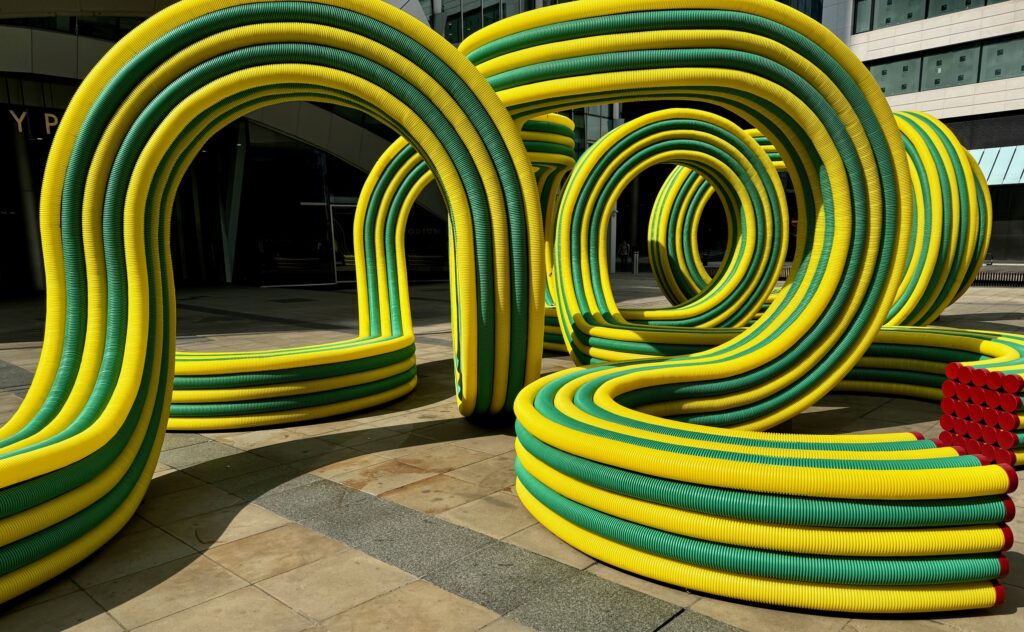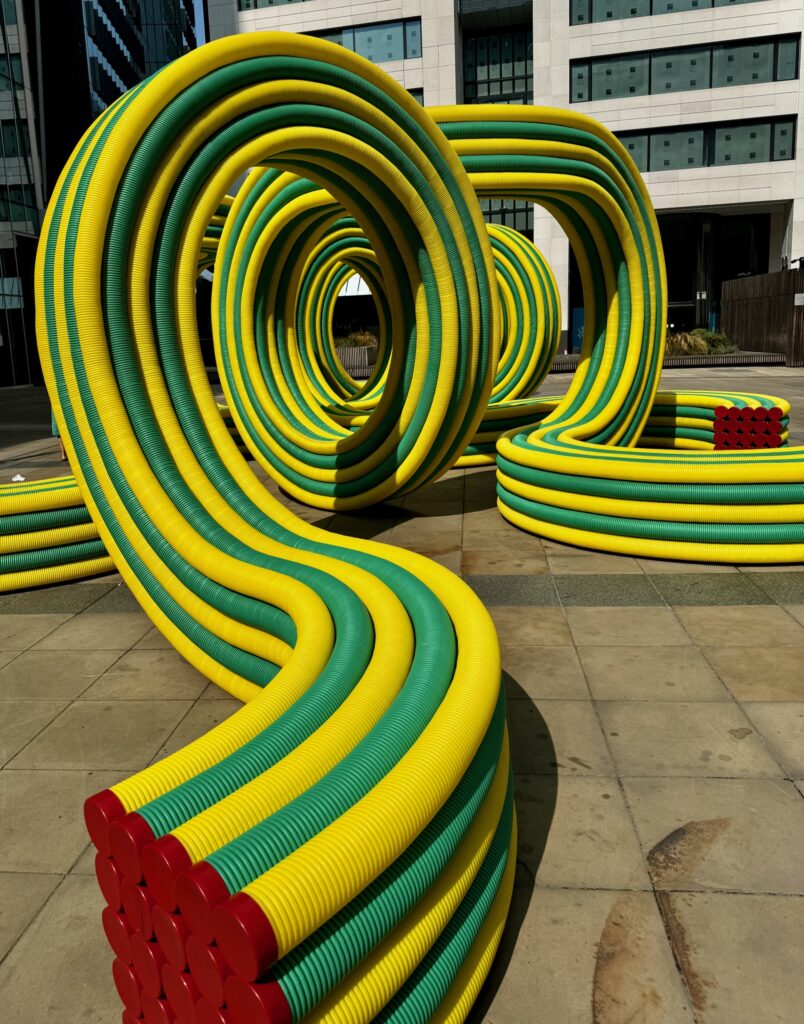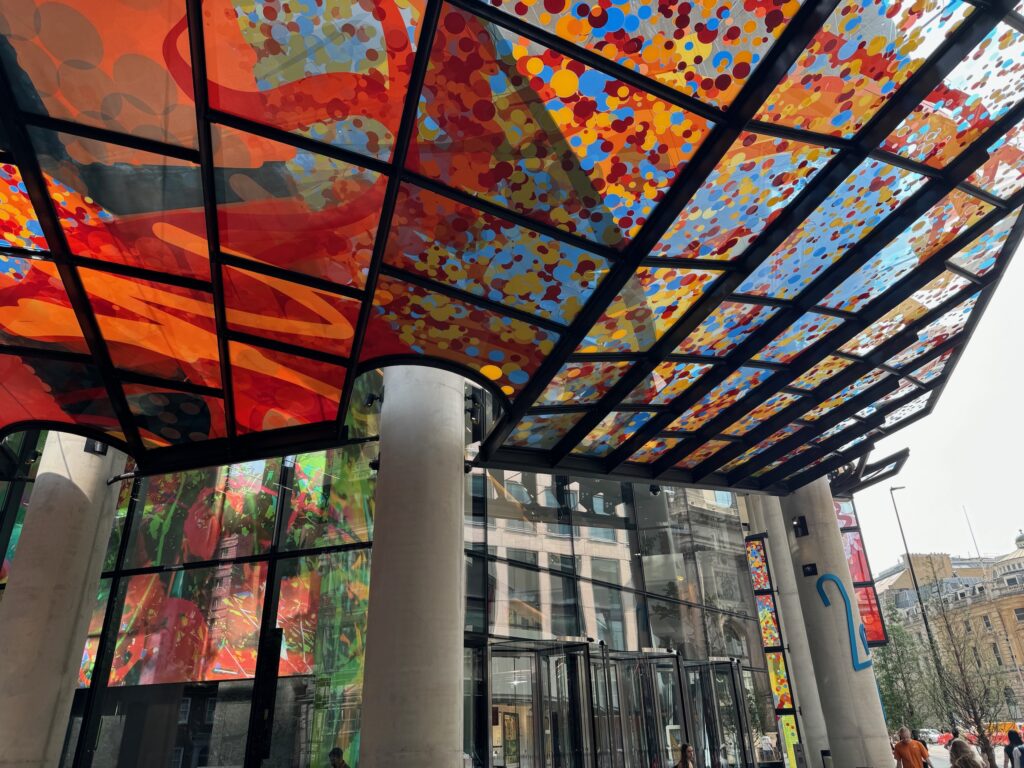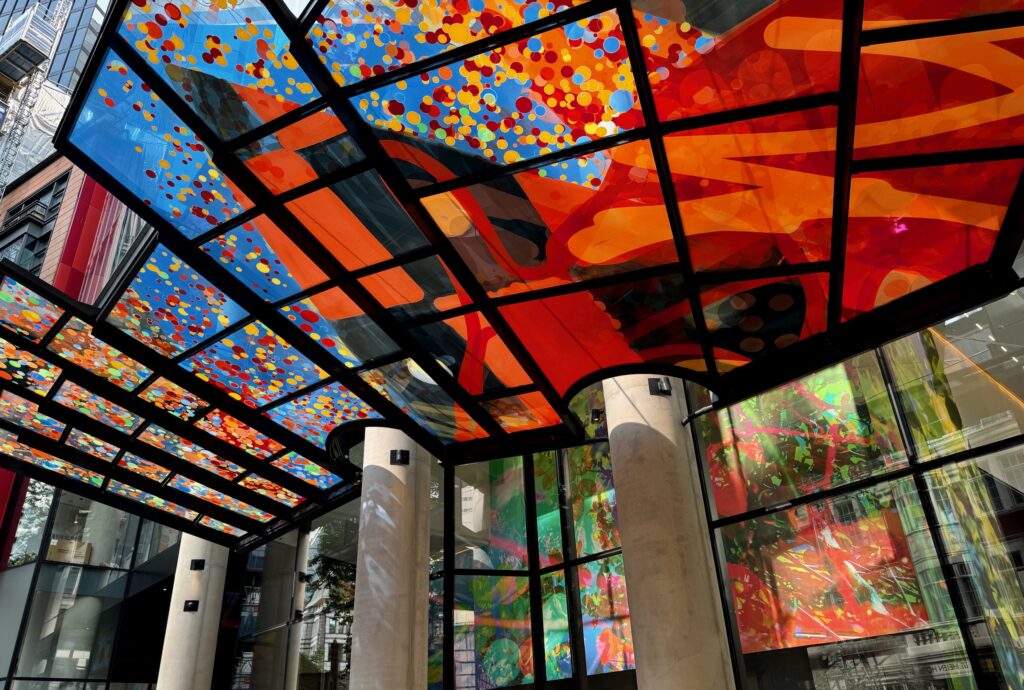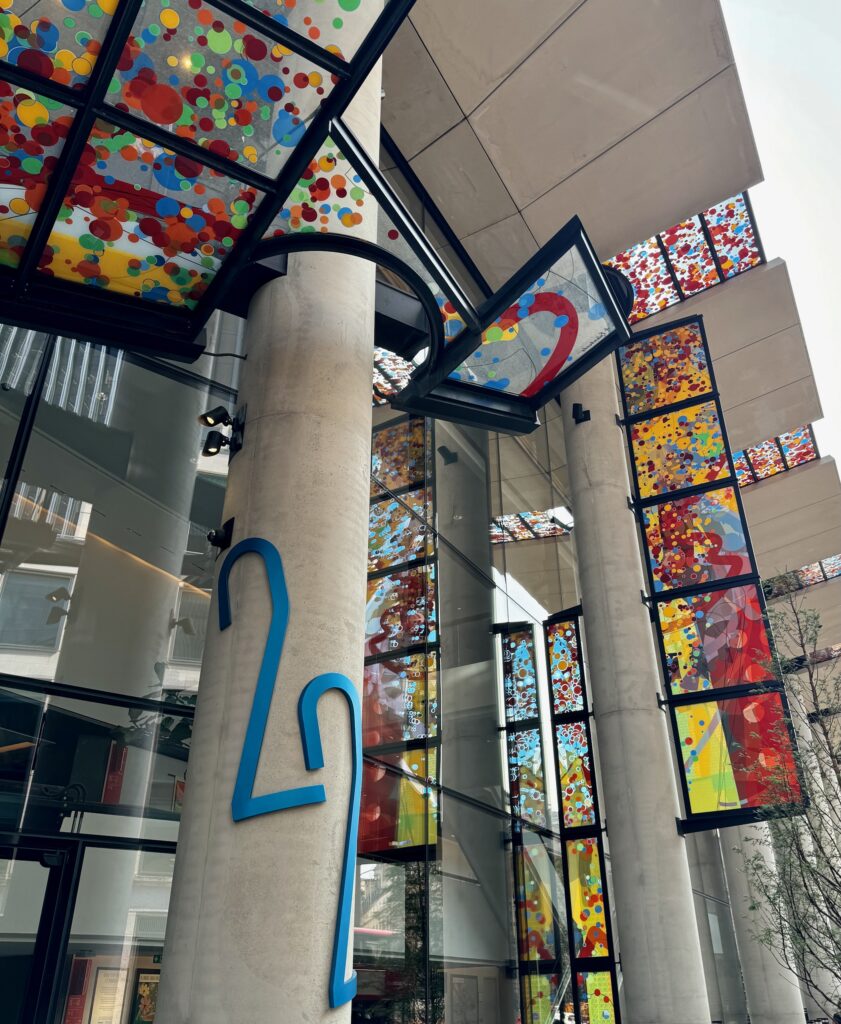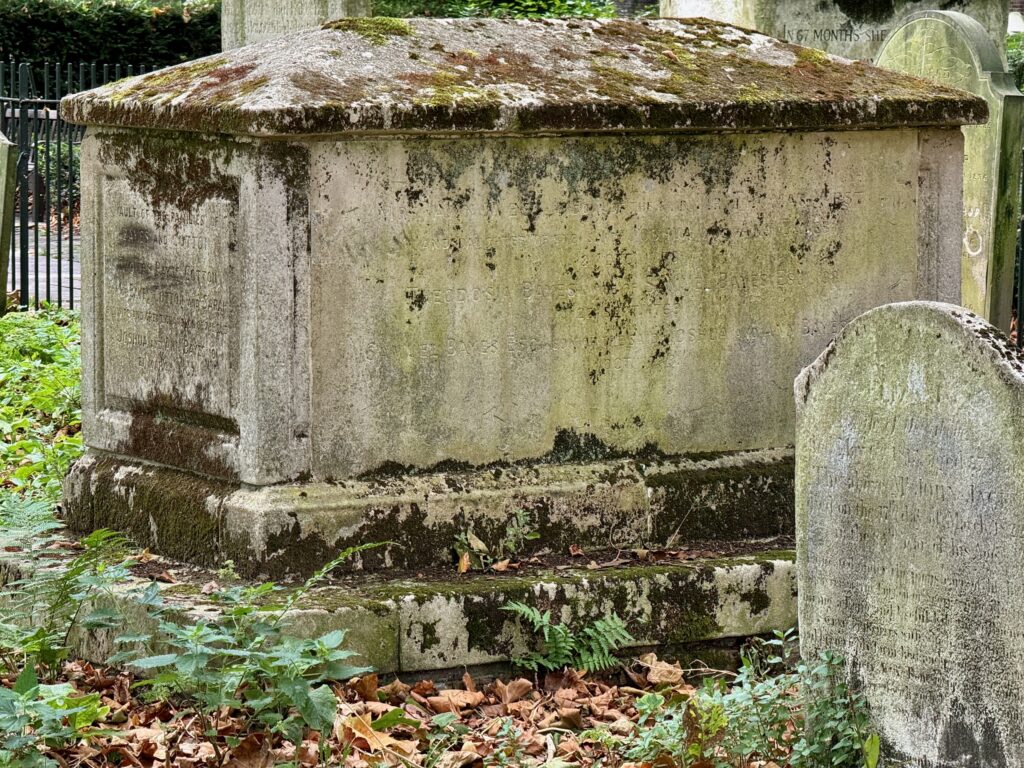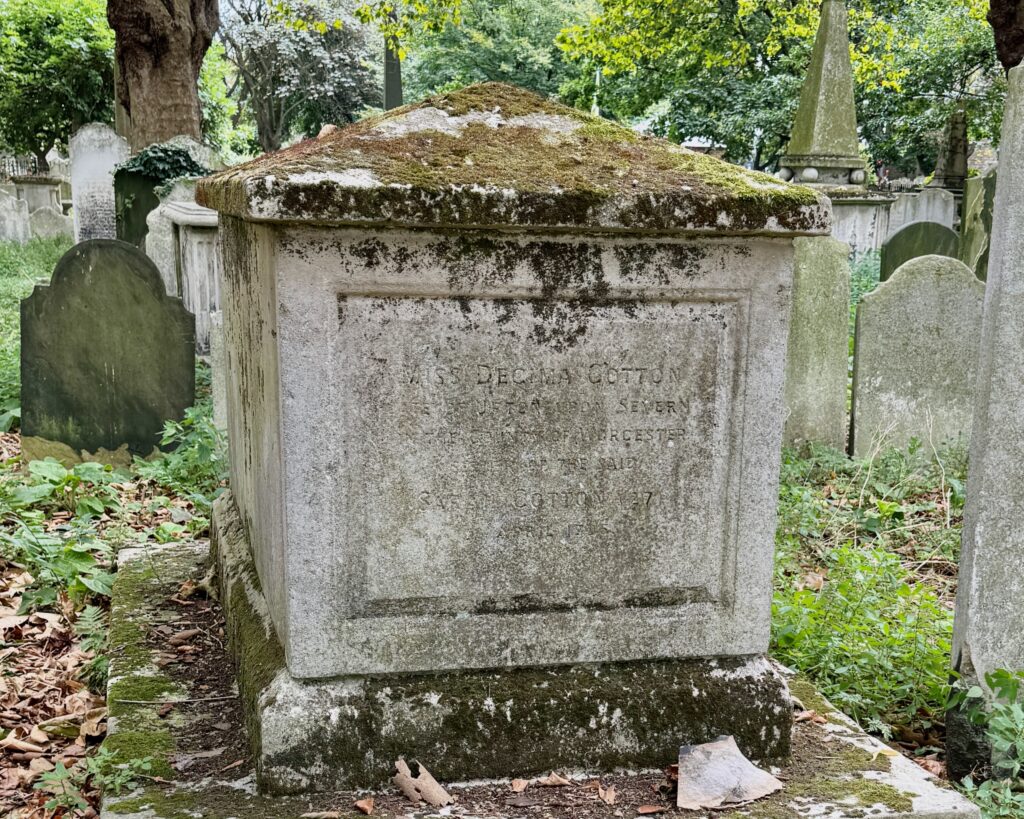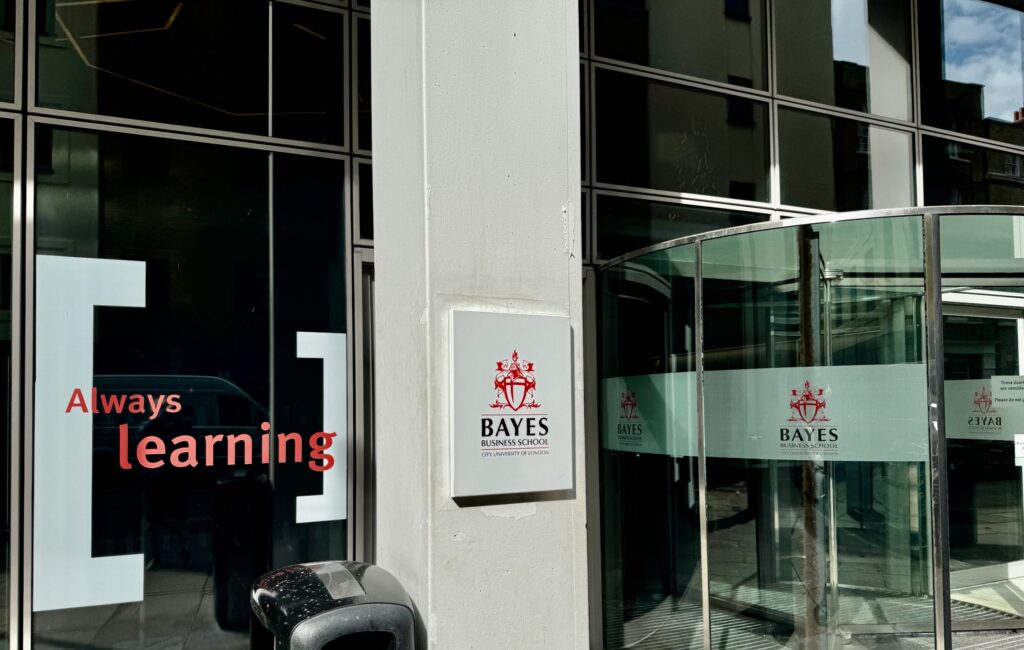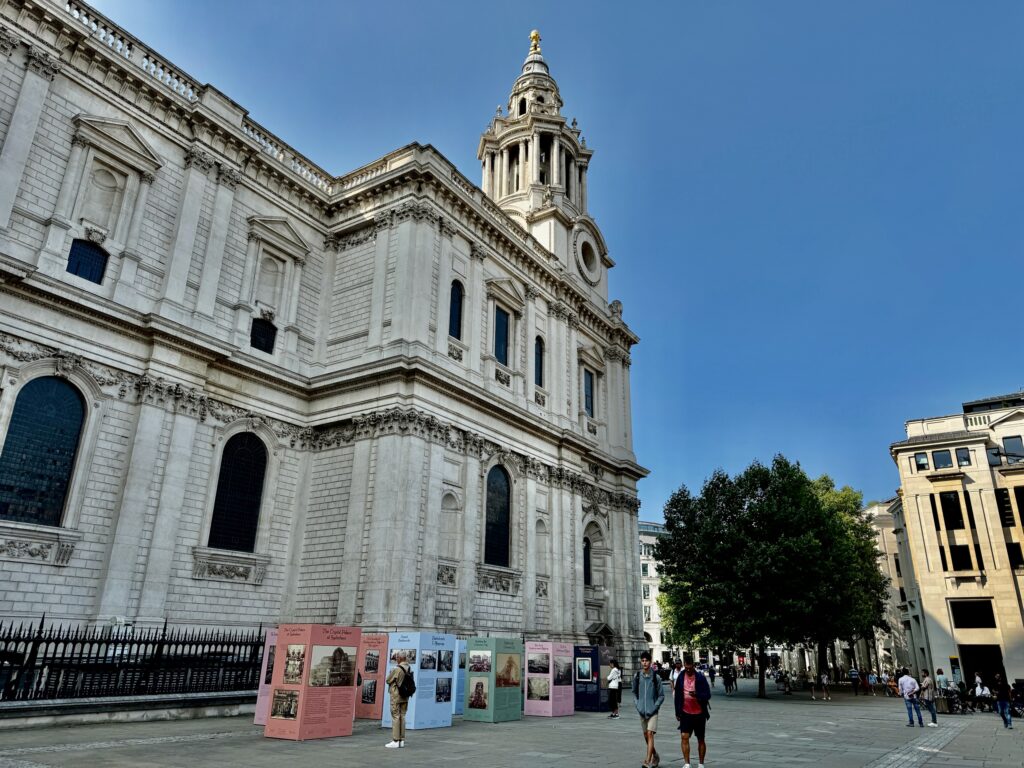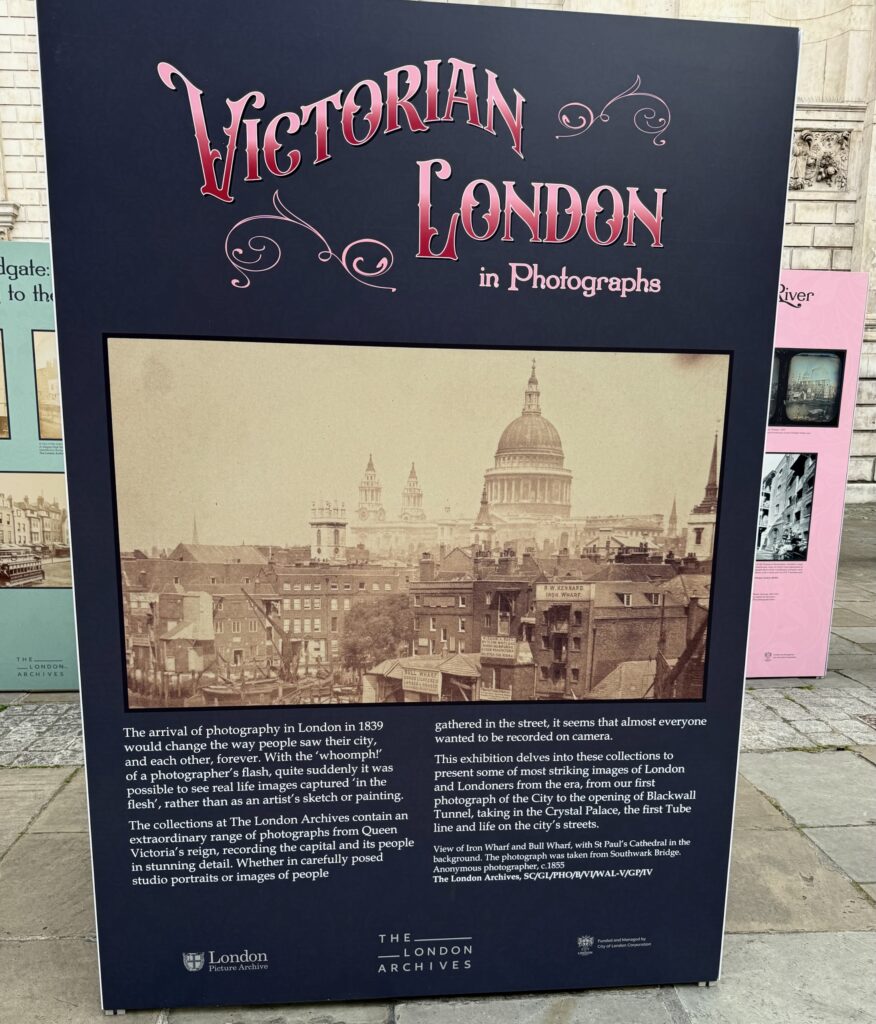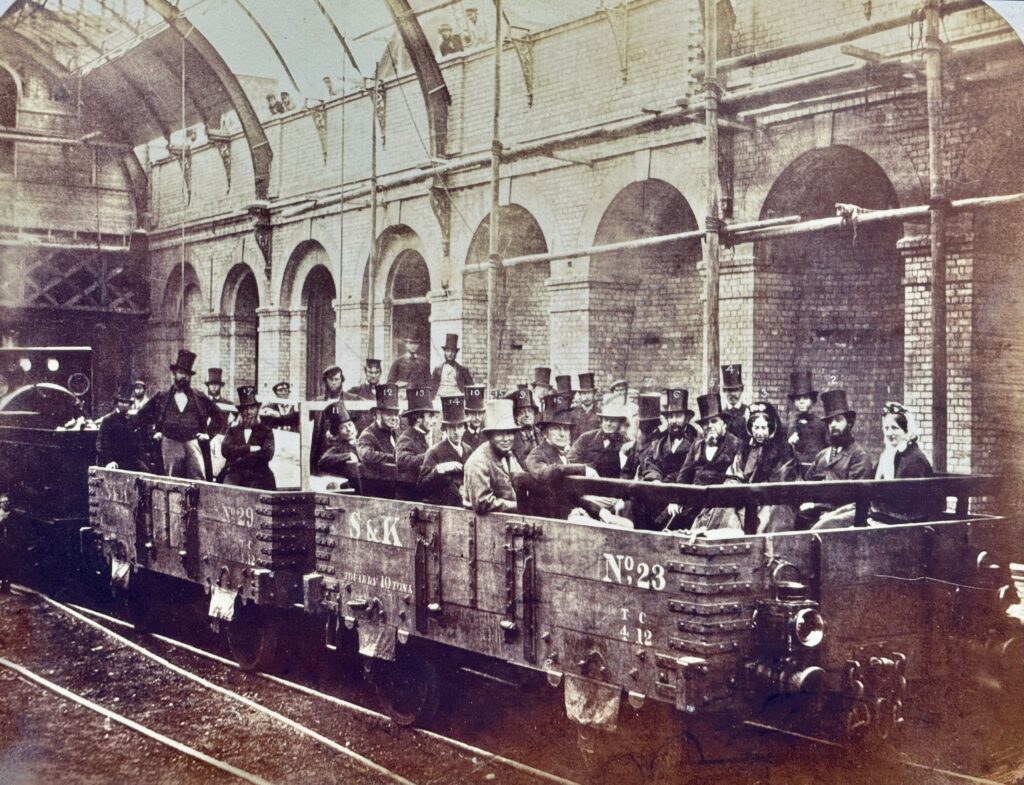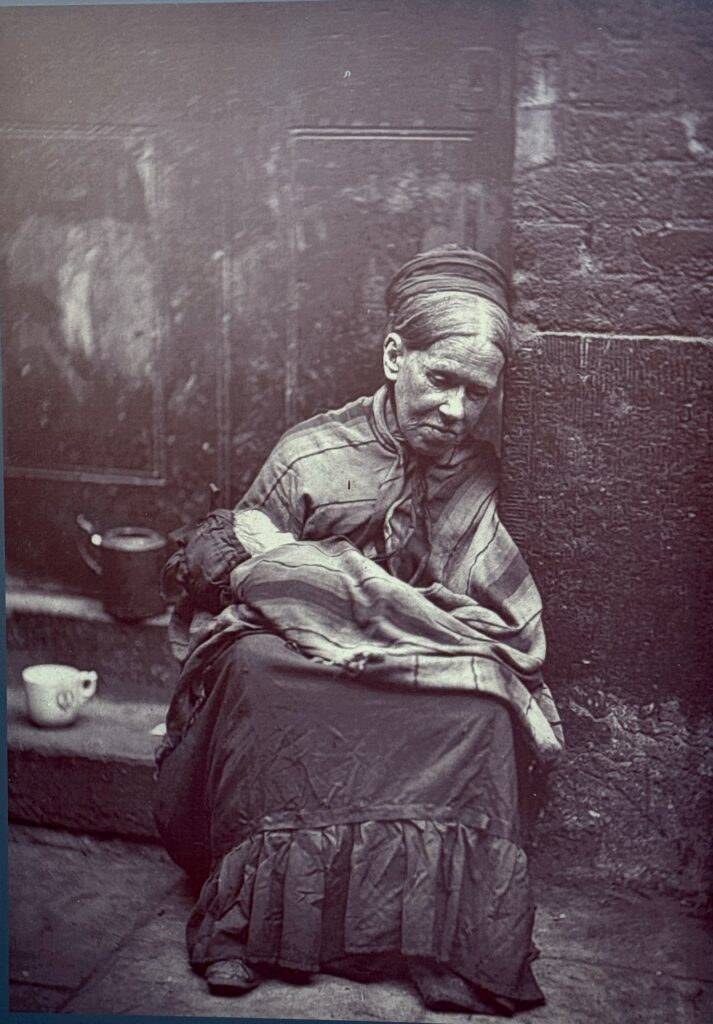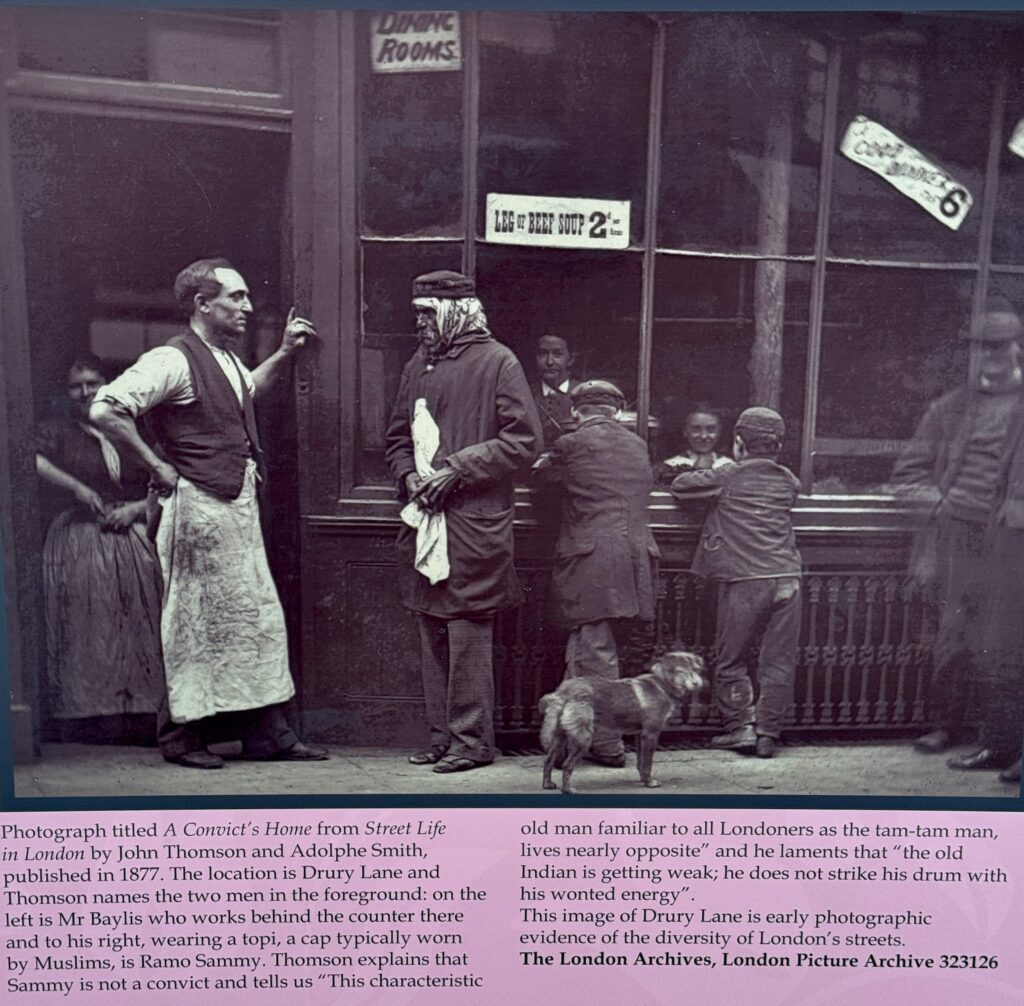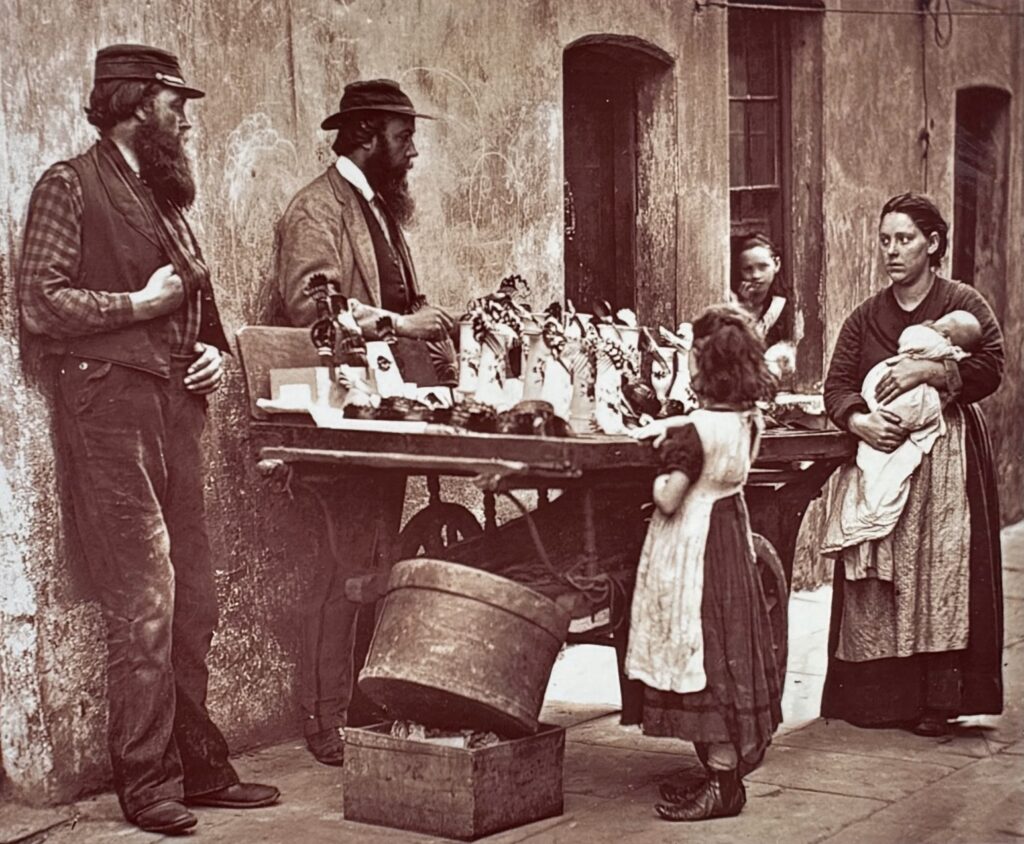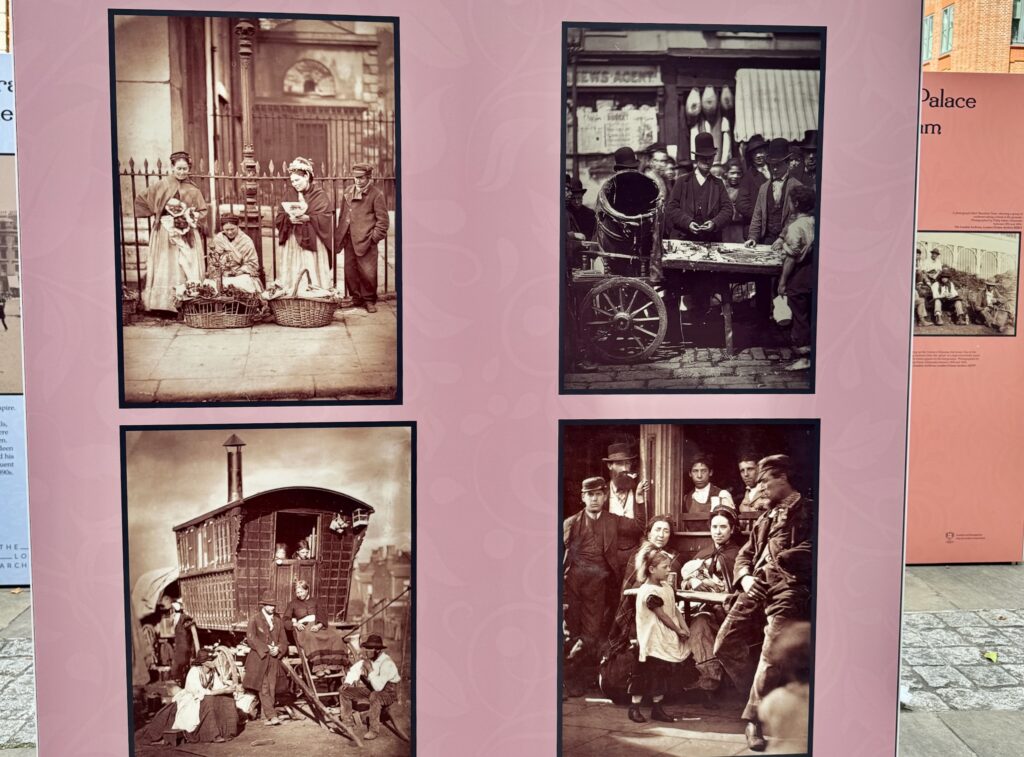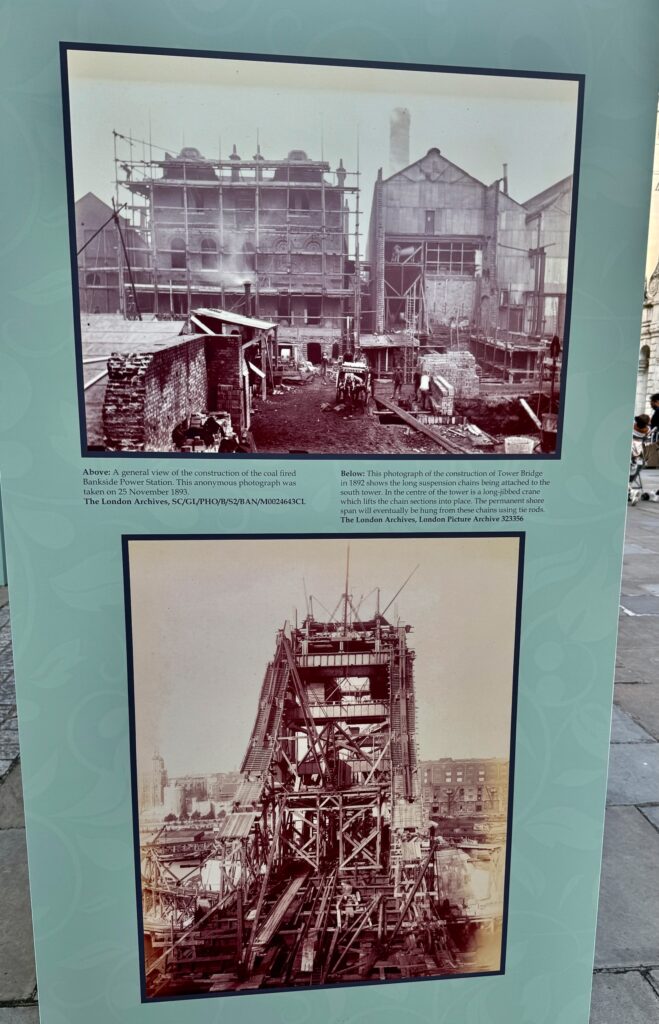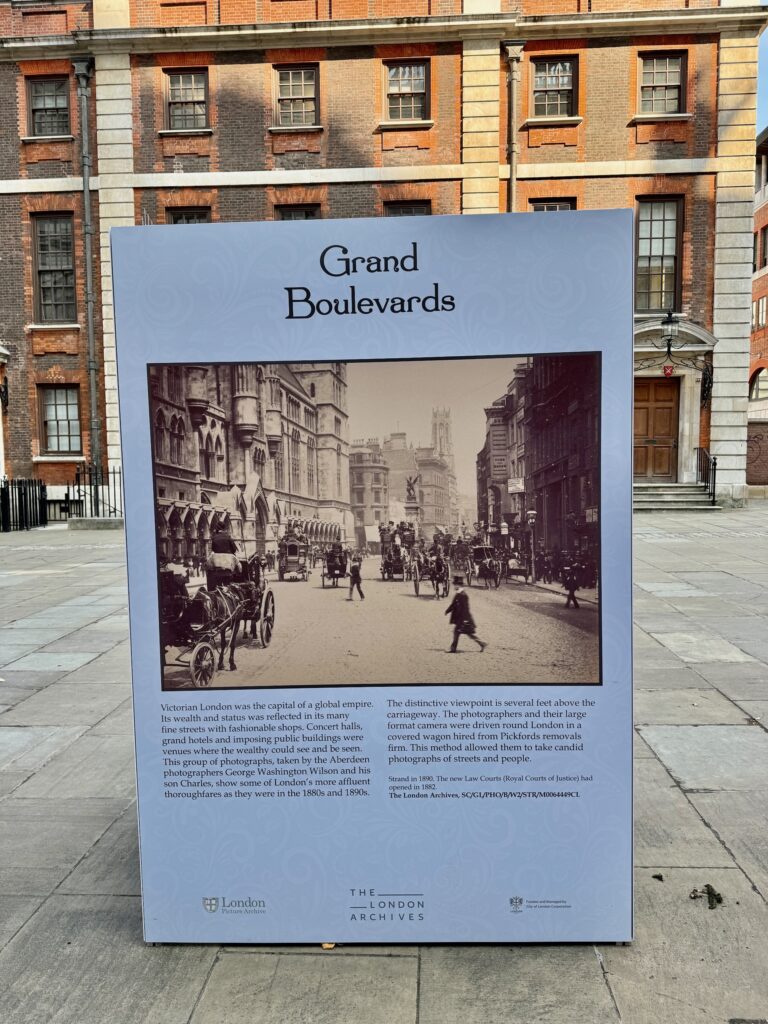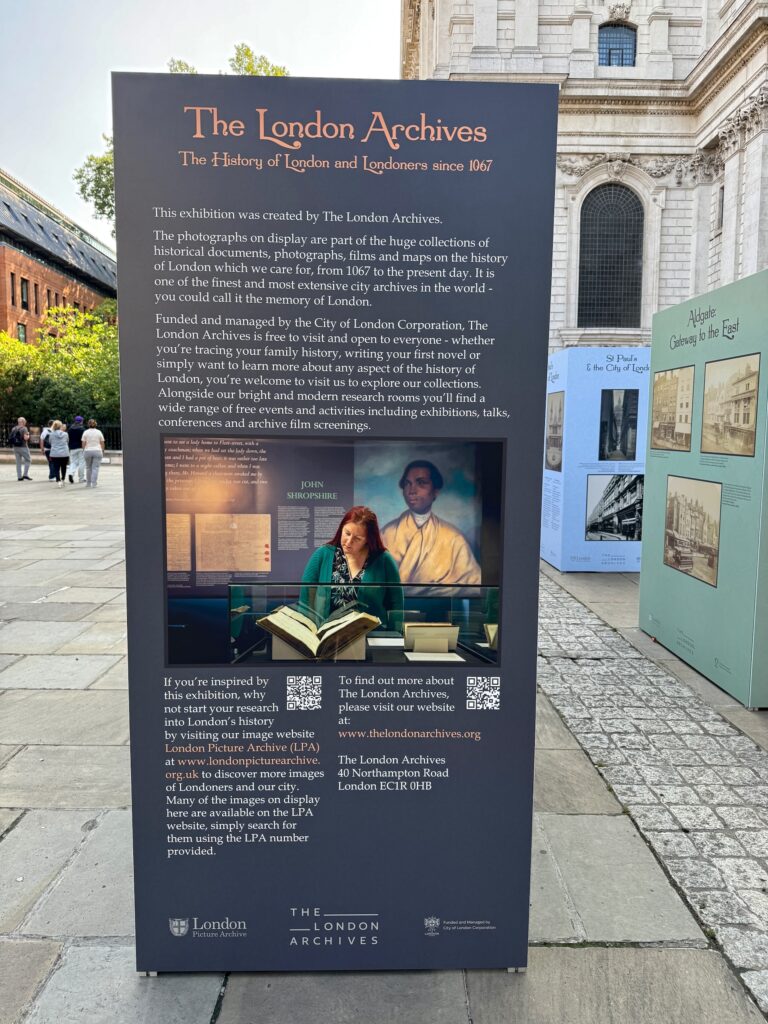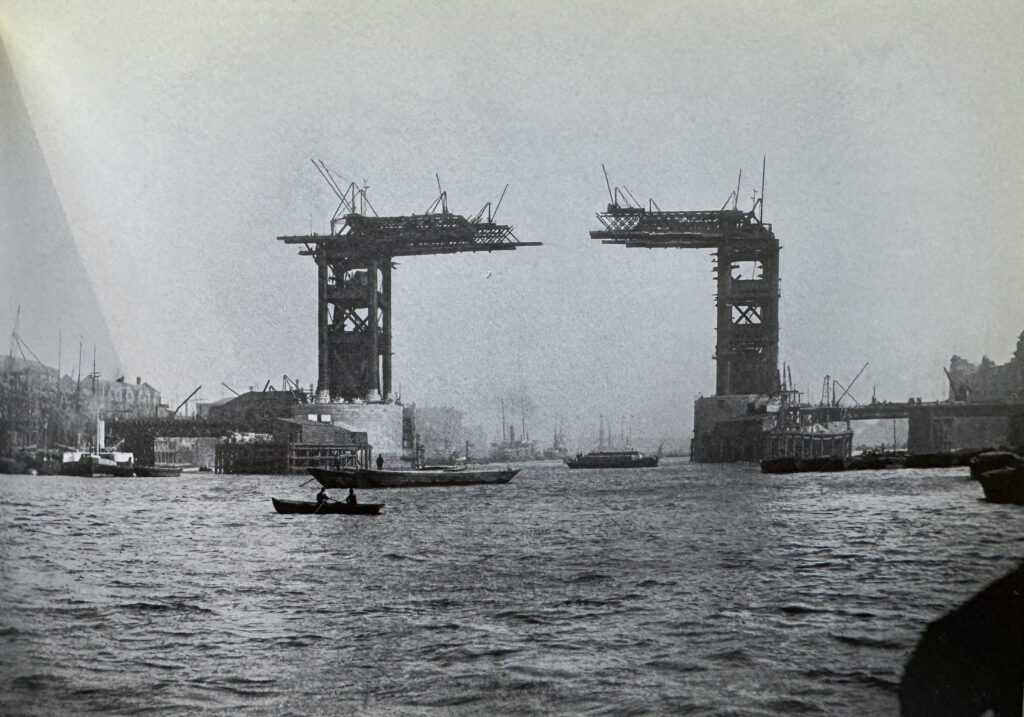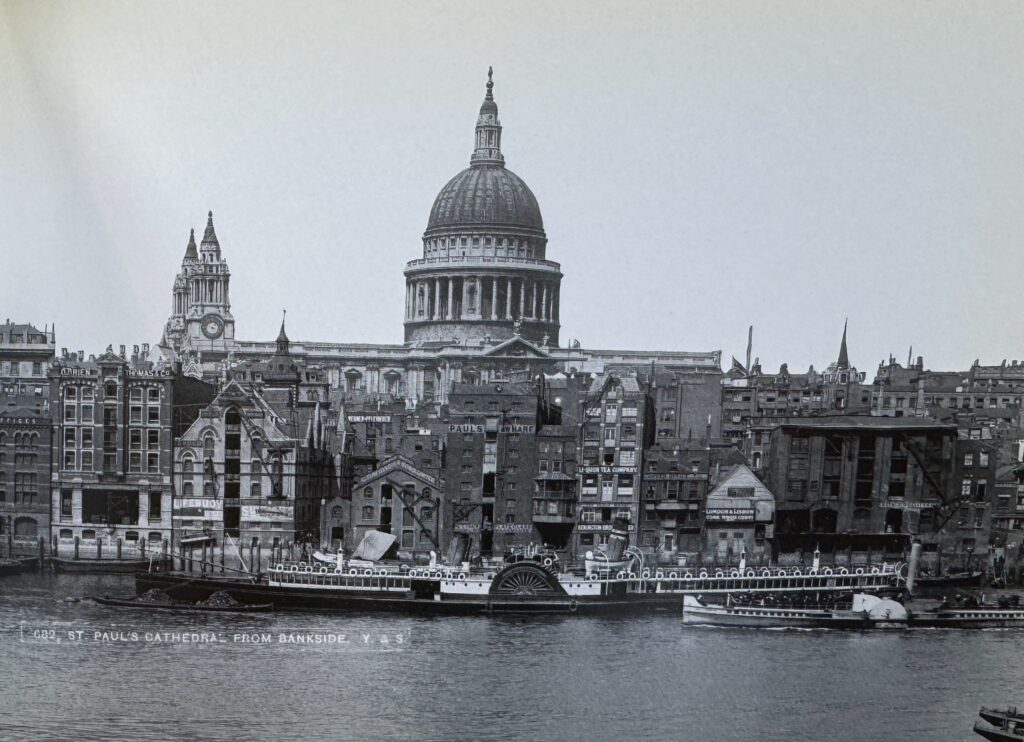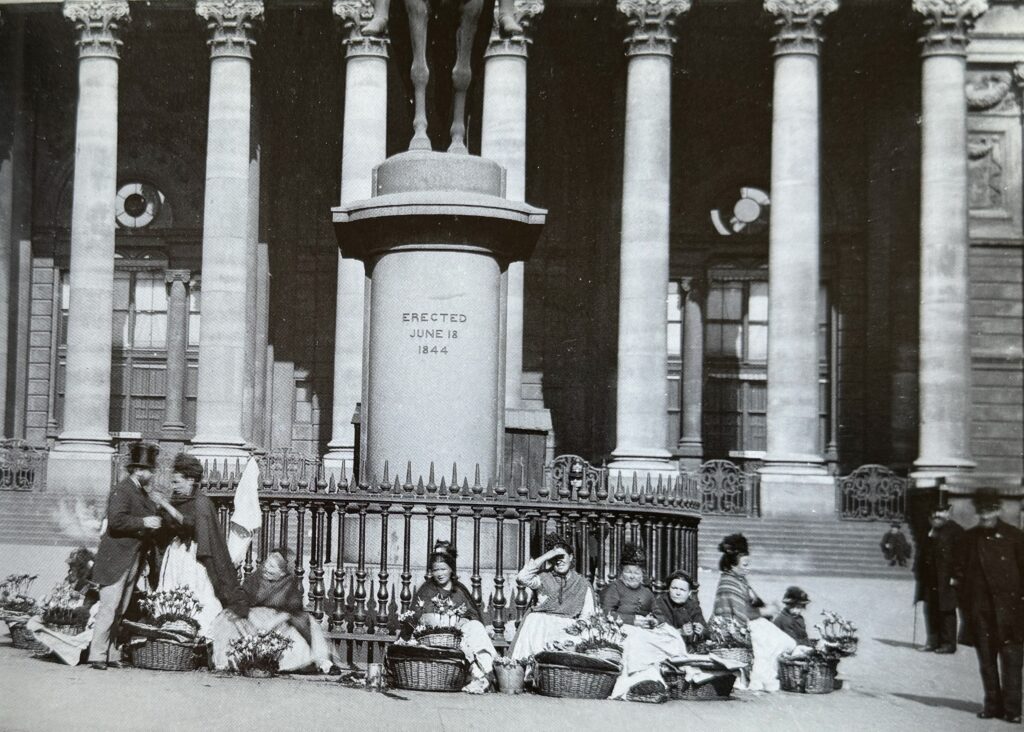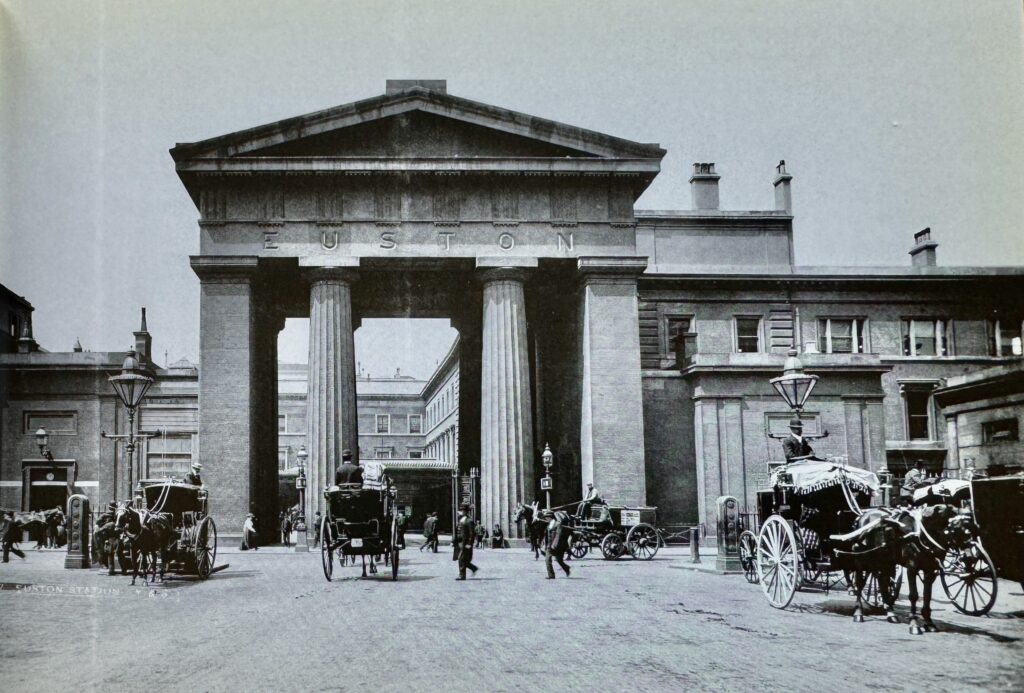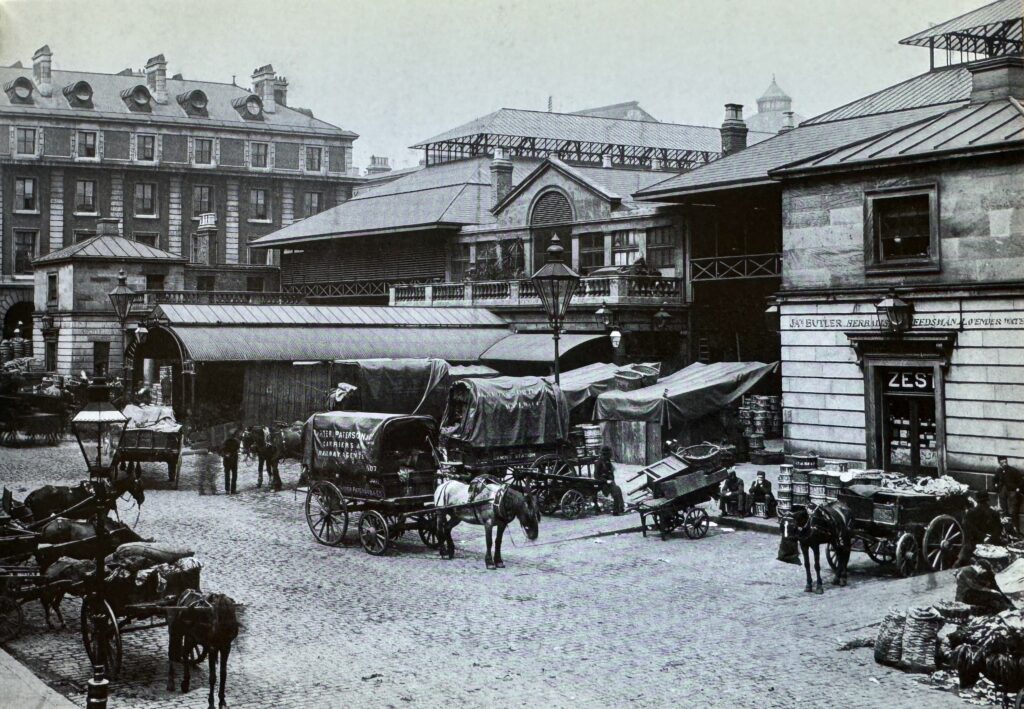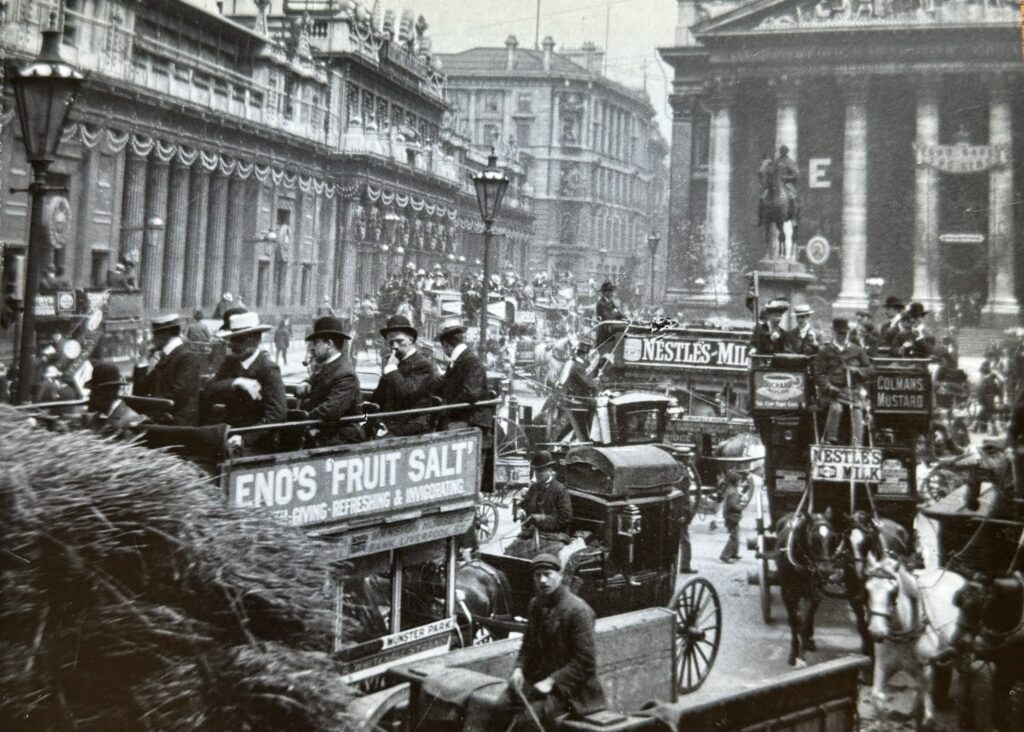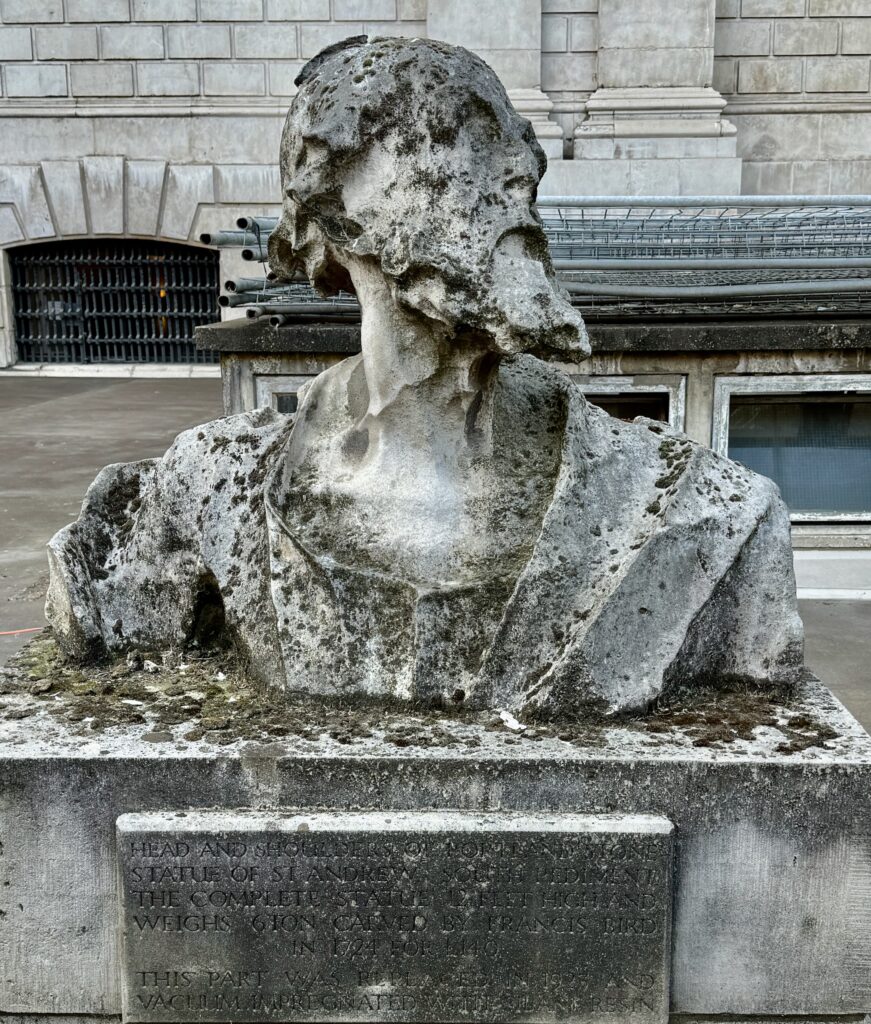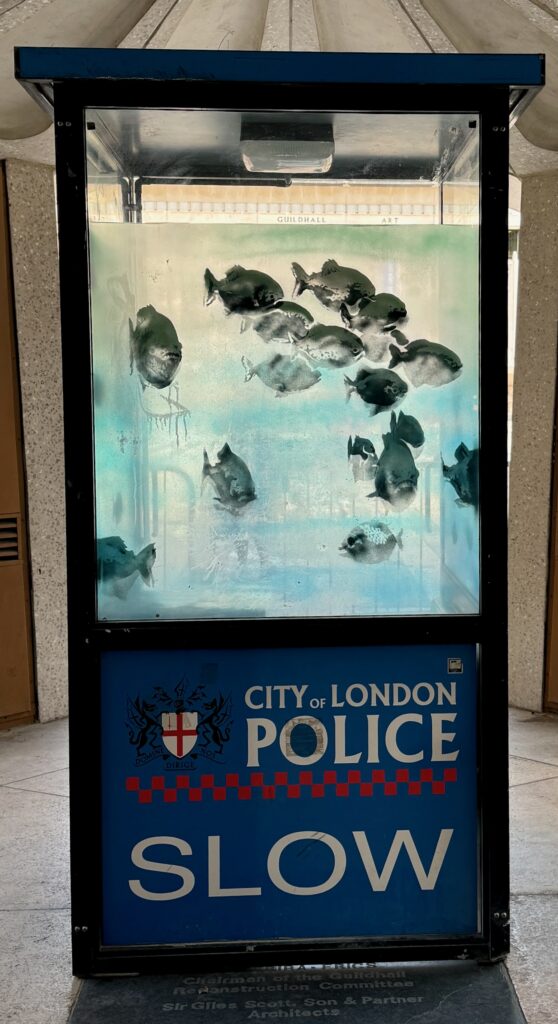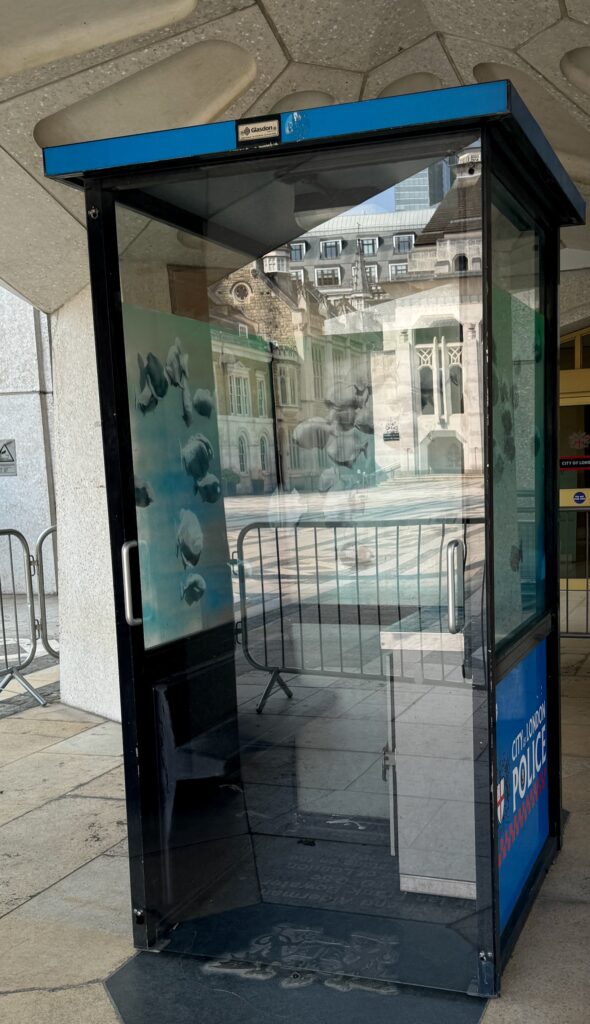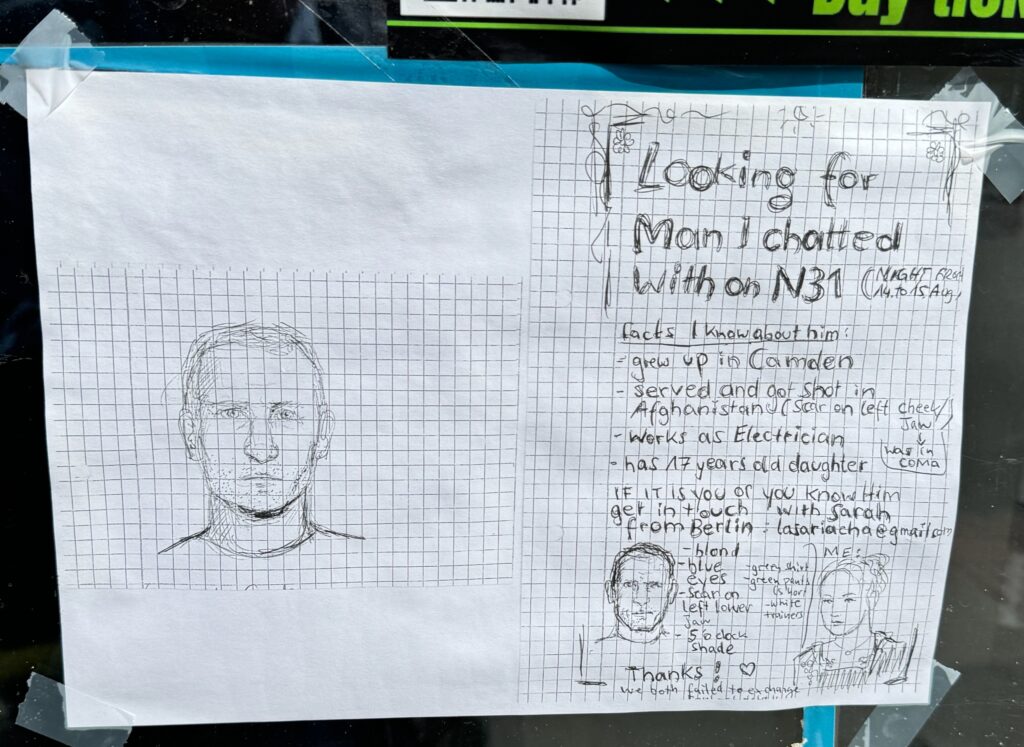I was off to the Guildhall Gallery again last weekend looking for blog inspiration and, as usual, was not disappointed.
Robert Hooke (1635-1703) was a typical ‘Renaissance Man’ of 17th century England but is not anything like as well known as his contemporaries such as Sir Isaac Newton, Samuel Pepys and Sir Christopher Wren (a lifelong friend).
In the course of his career at the Royal Society and as Professor of Geometry at Gresham College, he carried out the earliest research with the microscope, described and named the cell, was a founder of the science of geology, and discovered the law of springs/elasticity, the achievement for which he is most remembered today. He was also a City Surveyor, organising the rebuilding of London after the Great Fire of 1666. Overshadowed by Newton and Wren, he faded into relative obscurity and now there is not even a portrait of him.
The Guildhall Gallery has gone some way to bringing him out of the shadows with a new exhibition in The Heritage Gallery, Robert Hooke and the Monument …
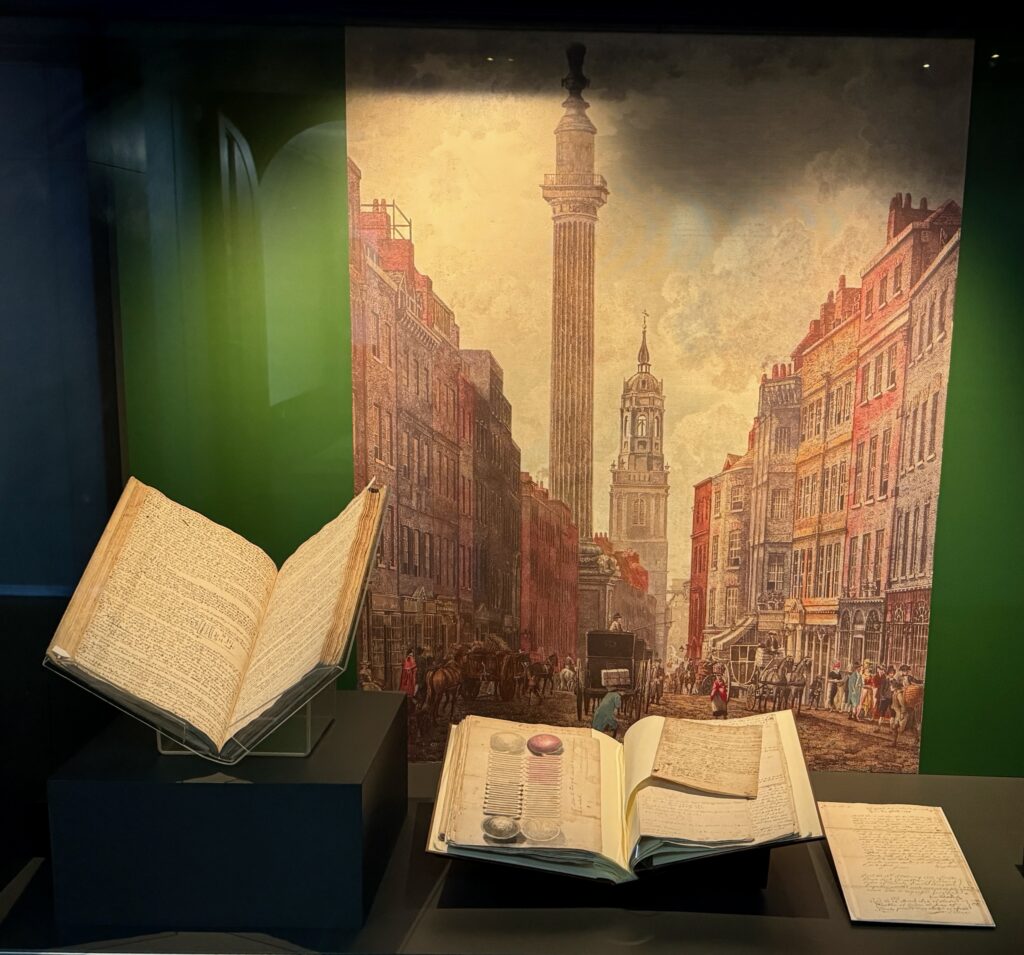
Hooke worked with Wren on the design of the Monument, built to commemorate the Great Fire of 1666. It remains a striking feature of the City and a major tourist attraction to this day …

It was originally intended to have a scientific function as a zenith telescope – instrumants that can be used for determining the precise measurement of star positions. Unfortunately, movement caused by the wind and nearby traffic made it unsuitable for this purpose.
Hooke’s diary (which is dated 1672-83) was a memorandum book he kept to remind him of the many places he had been and people he had met. It records his visits to sites in the City that he was working on including the Monument …
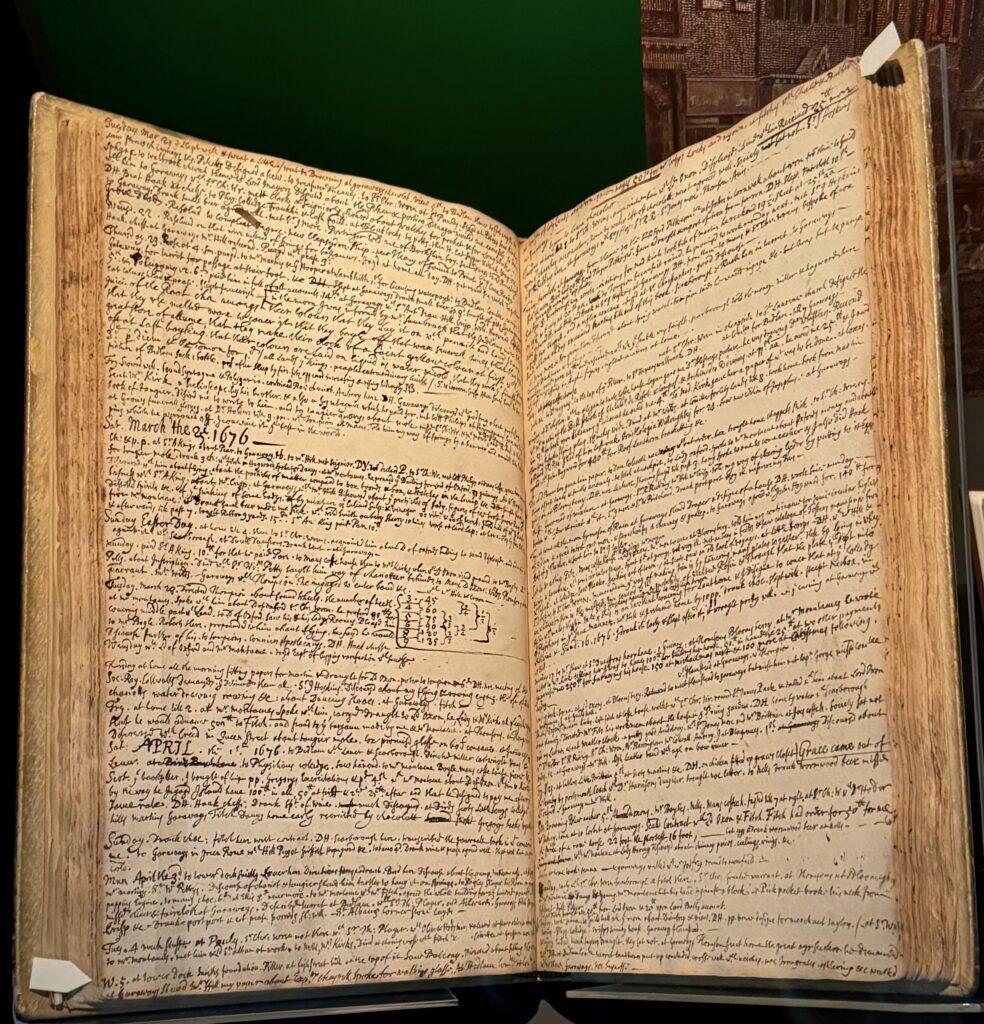
Indicated is an entry from 5th April 1676. He records going to see ‘the pillar’, i.e. the Monumant, in construction. He describes examining the balcony and the setting for the golden urn on top of it. He visited the construction work frequently and must have been very fit with a good head for heights!
The urn at the top …
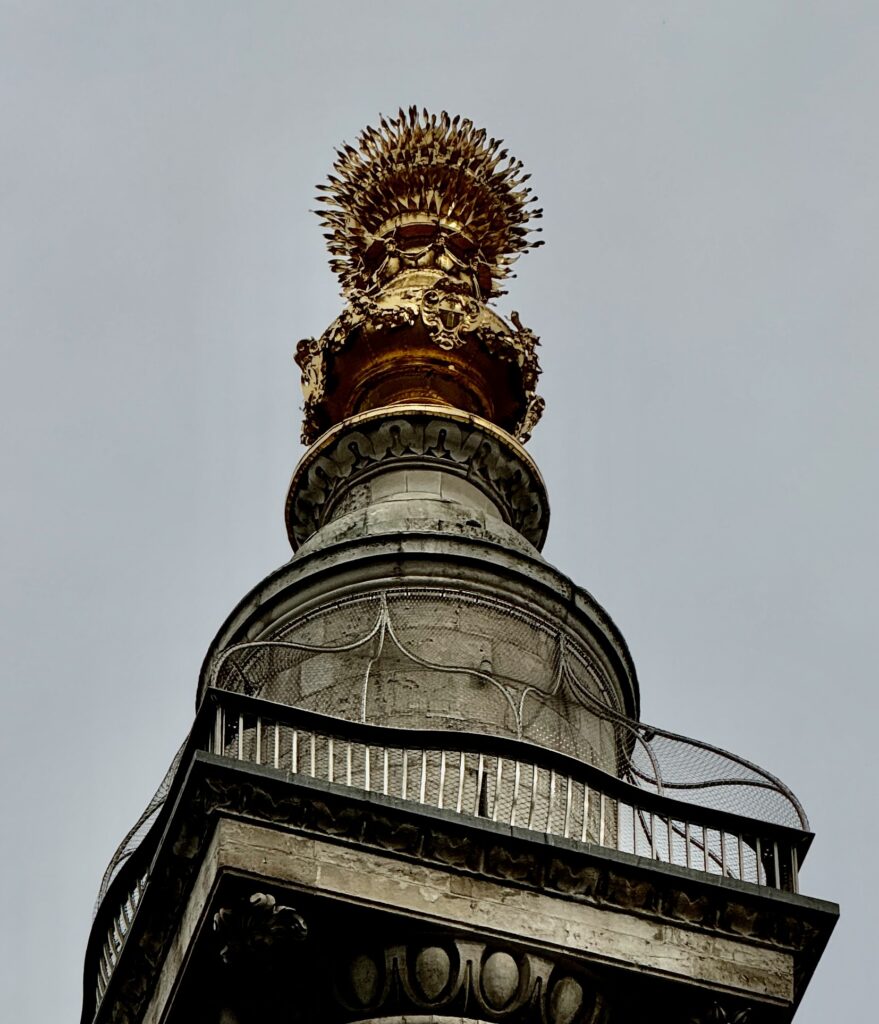
Hooke was a true polymath. A diagram for a proposed design for a thermomenter is also on display …
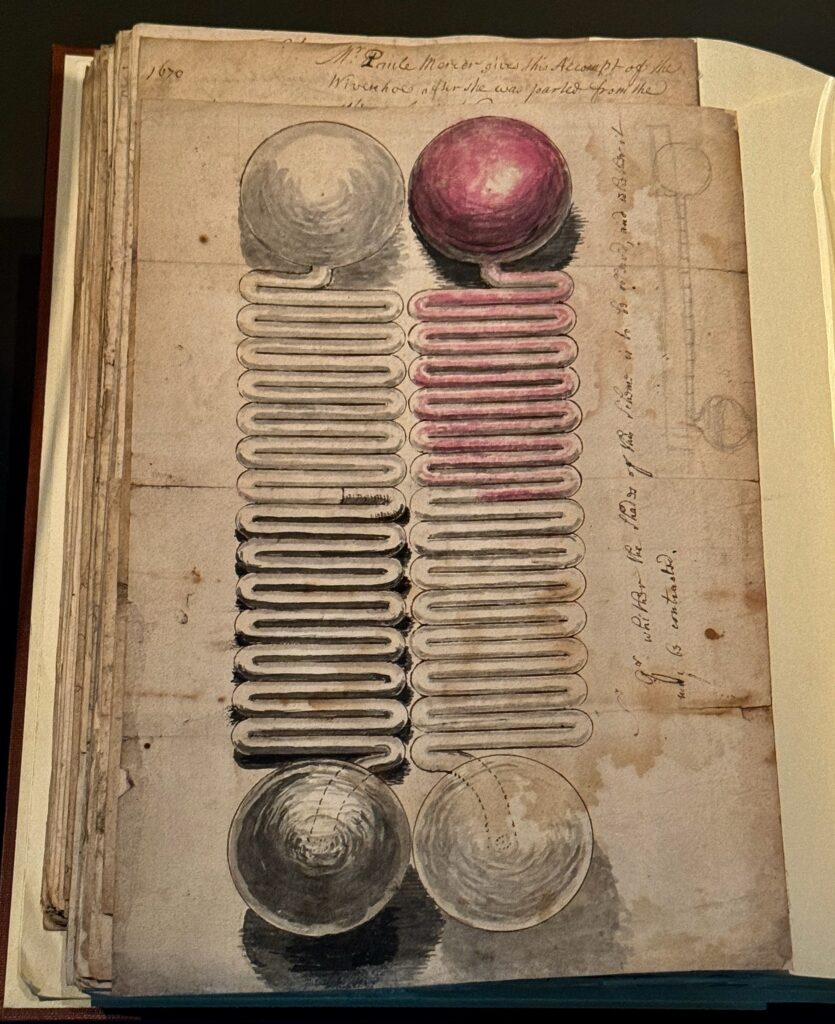
…amongst other papers he collected …
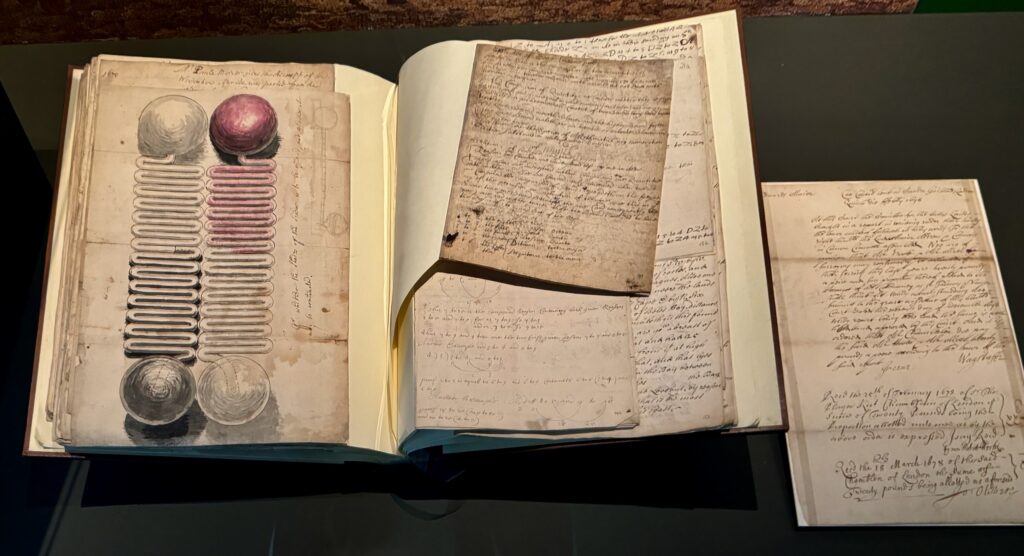
You can also see a daguerreotype of the Monument from circa 1845 taken from Gracechurch Street, with the church of St Magnus the Martyr in the background …
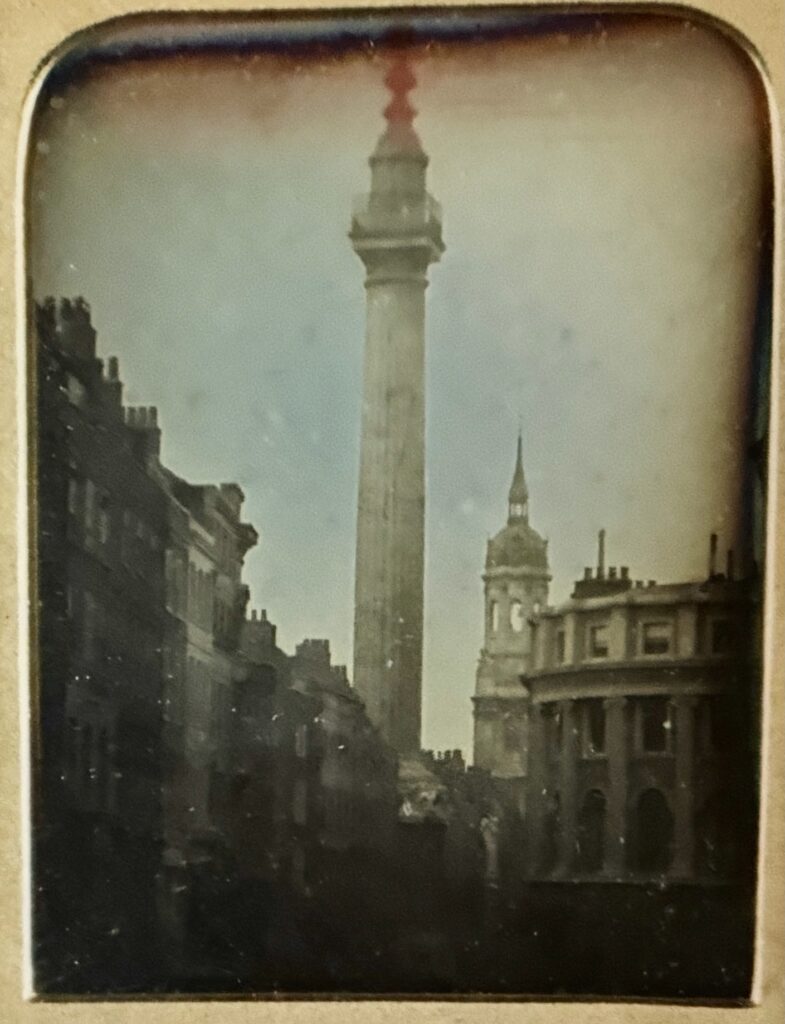
Incredibly fragile, this is the oldest photograph of the City of London in the London Archives.
I’ve always been fascinated by Hooke and particularly love Micrographia. The Royal Society blog states: ‘This great book of explorations of the very small, the very far and the very elusive, needs little introduction. Written and illustrated with 38 lavish copperplate engravings, Micrographia or, some Physiological Descriptions of Minute Bodies made by Magnifying Glasses, with Observations and Inquiries thereupon, to spell out its full title, remains a landmark in the history of microscopy’.
The accuracy of his famous drawing of a flea is even more striking when we compare it with an image produced using the latest microscope technology …

You can read more here in the Royal Society blog.
Look at an online copy of Hooke’s beautiful book here.
Since he was a contemporary of Pepys, the famous flea is included on a paving stone in the Pepys garden in Seething Lane …
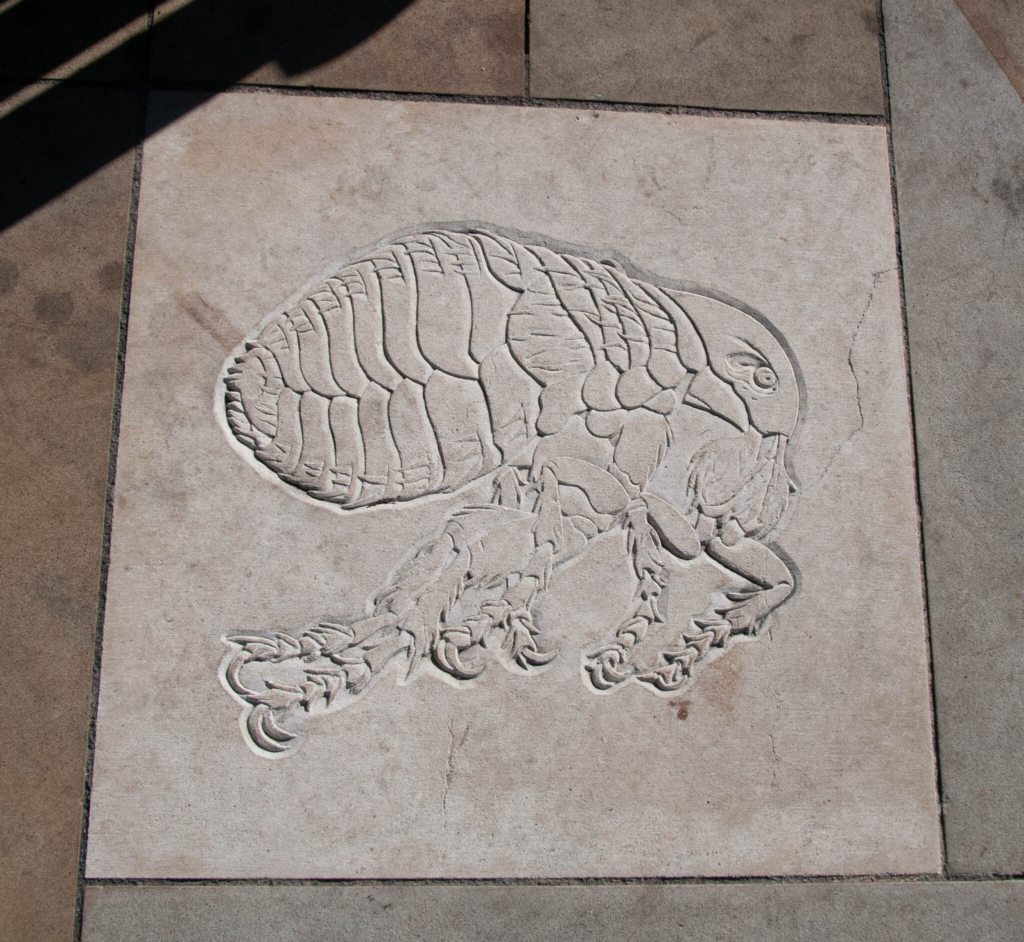
You can find a complete guide to the garden and its carvings in my blogs here and here.
If you visit the Hooke exhibition, make sure you also pop in to the upstairs gallery where a really enjoyable treat awaits …
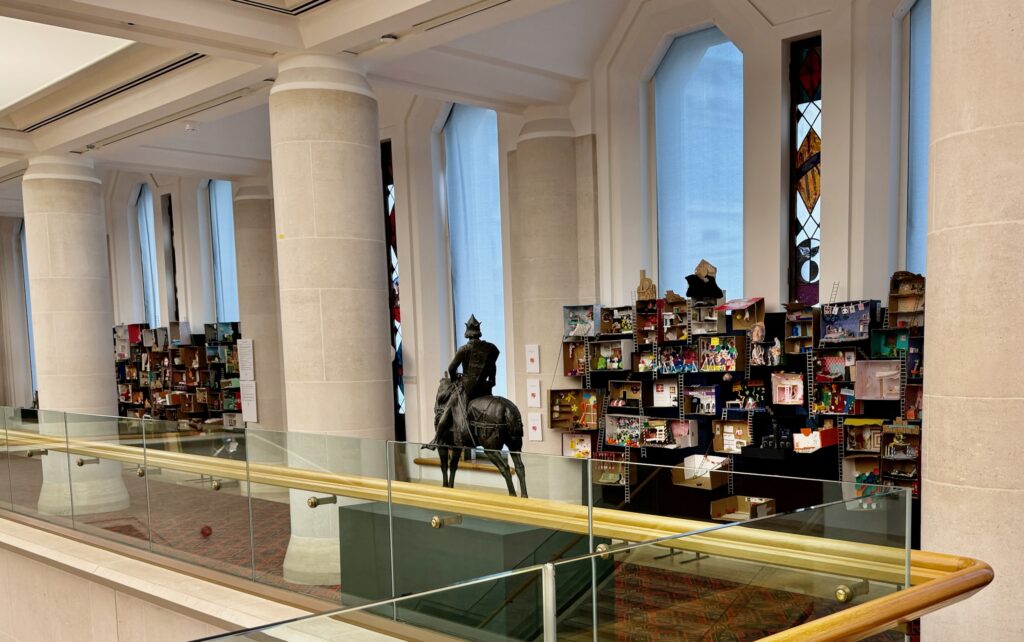
The Giant Dolls House Project invited schools and community groups to create minature rooms in shoe boxes to show their perspectives on the City of London’s buildings, homes, streets and environment.
I was absolutely fascinated …
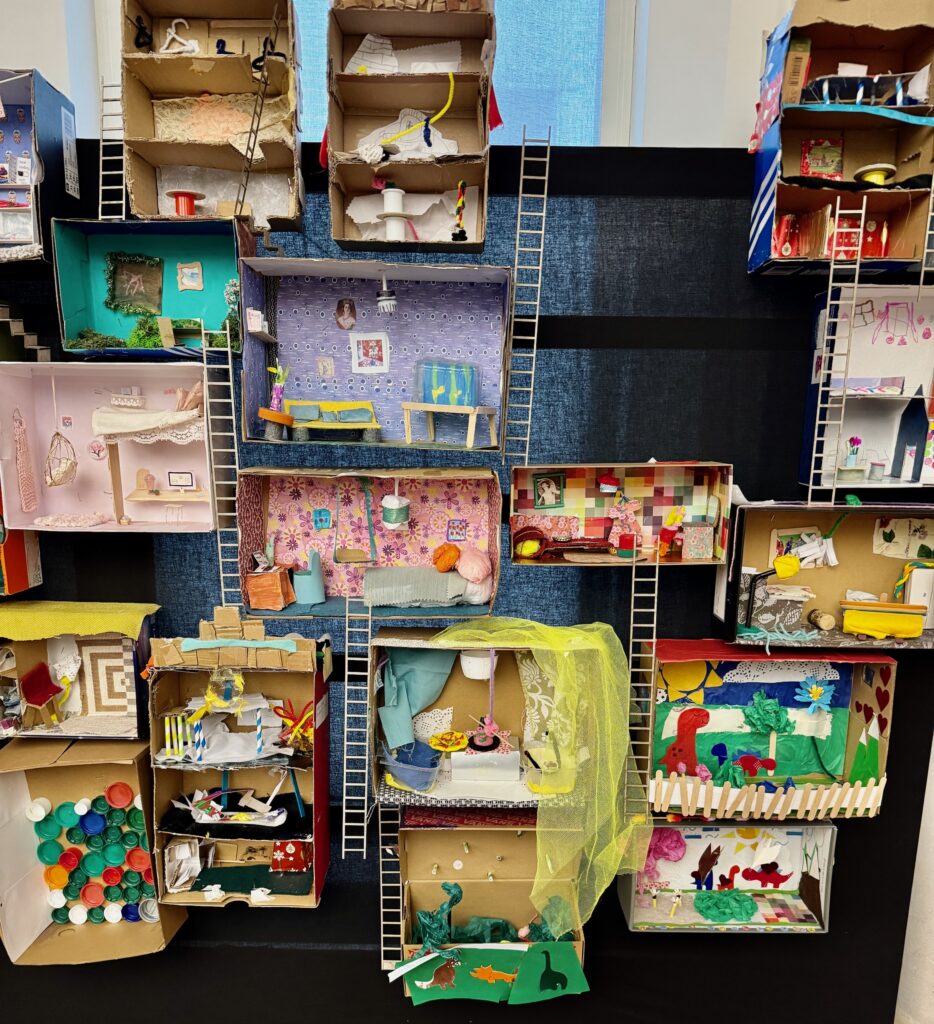
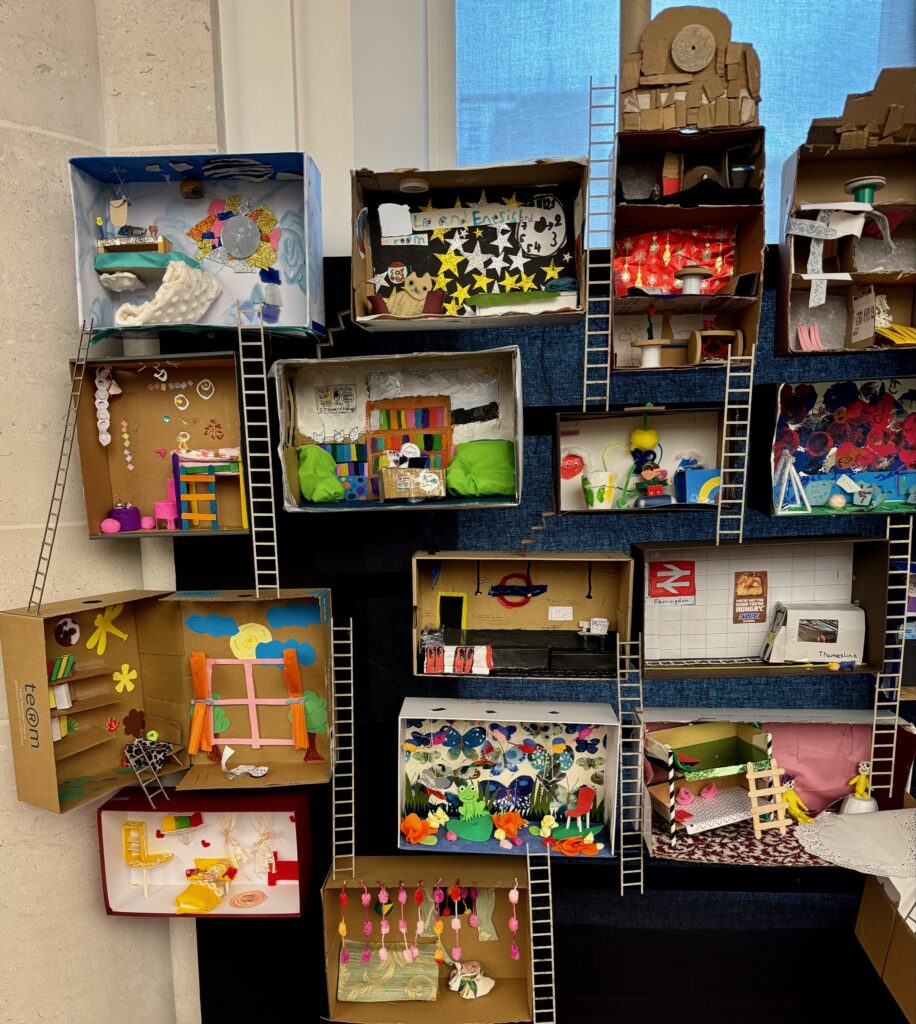
My favourite. I could imagine myself sitting in that chair, relaxing and reading a book from the little library …
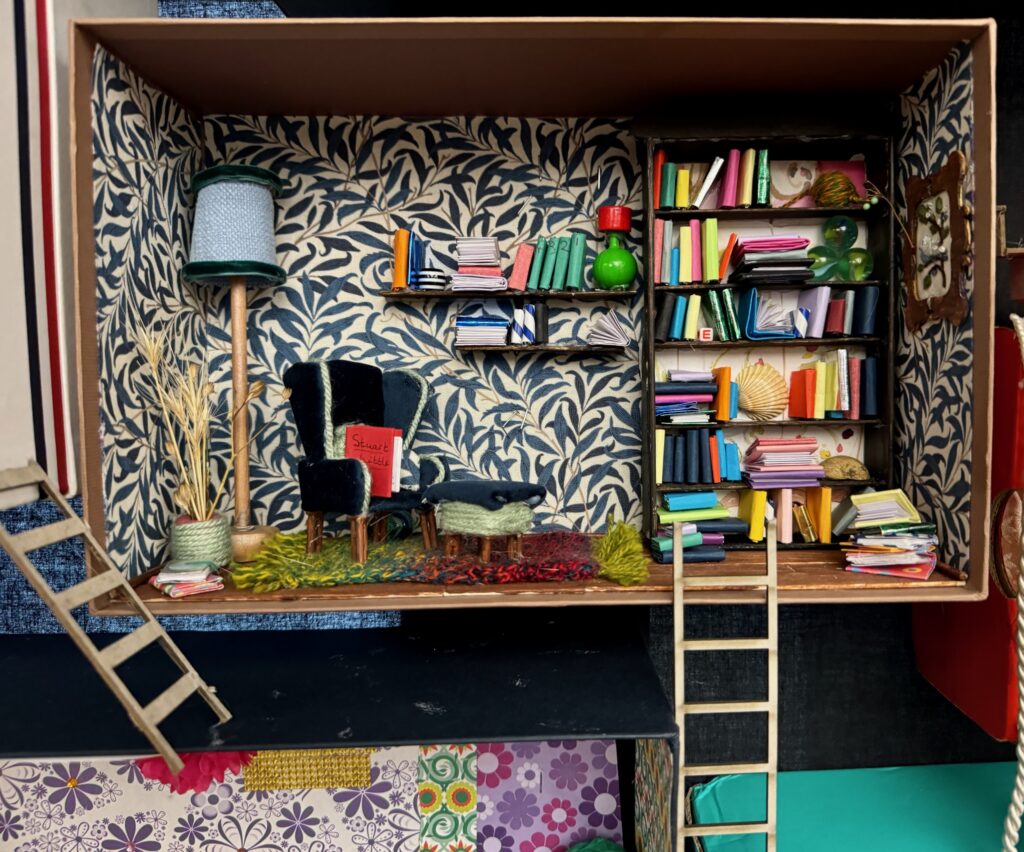
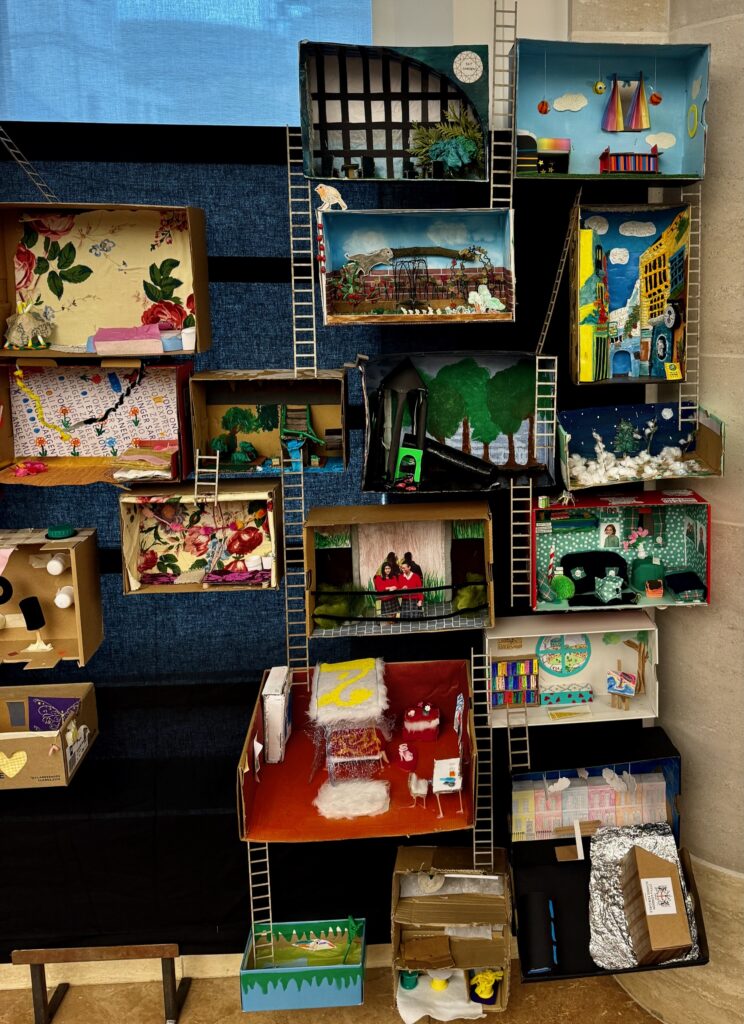
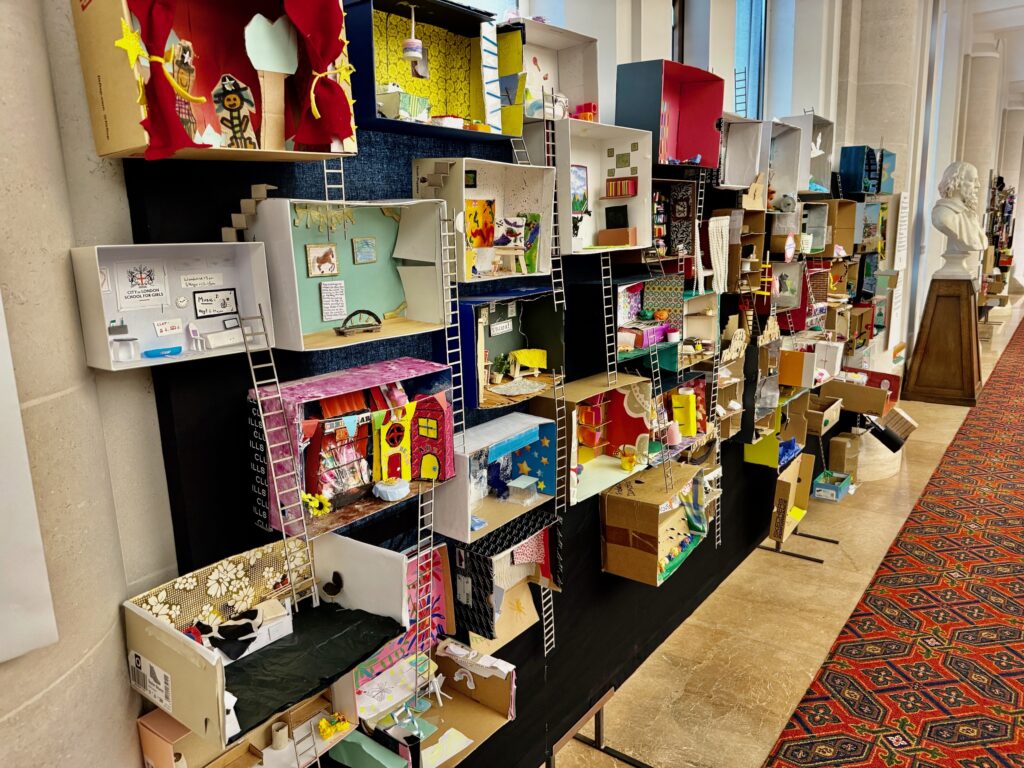
Do visit if you can – my images don’t really do it justice.
If you would like to follow me on Instagram here is the link …
